This review was done on a pre-production Lumix GX9 with firmware 1.0
Panasonic GX8 is one of my favourite micro four thirds camera.
It is the camera that introduced the brand new 20MP sensor, Dual I.S. system, and many other upgrades. I love the really solid build quality, and improved ergonomics from the larger body.
But after talking to a lot of my readers and also Panasonic, it seems a lot of people were complaining that the GX8 has become too big and heavy. They also don’t like the fully articulated screen as a lot of GX users bought the camera for street photos and rarely shoot videos. A screen that just tilts up or down would be a lot better for street photography. In other words, the GX8 is not the camera a lot of people wanted.
So if you are one of the GX7 owner who refused to upgrade to GX8 because of one of these reasons, you would be excited as the new Lumix GX9 is really more like a successor to the GX7 than the GX8.
Panasonic Lumix GX9 Camera Specs:
Sensor: 20MP No Low pass filter
ISO: 200-25600 Extended 100
Image Stabilisation: In-body Image Stabilisation (4 stop), Dual I.S.
Autofocus System: DFD, 49 area, AF Speed 0.07sec
Autofocus Range: -4-18EV
Shutter: Mechanical 1/4000-60s,B Electronic 1/16000-1s
EVF: 2760k-dot. LCD. 0.7x, Tiltable
Monitor: 3” 1240k, Tilbable
Burst Speed: AFS: 9 fps, AFC: 6 fps
Built in Flash: GN4.2 (ISO100)
Video: 4K 30p/25p/24p
Connectivity: Bluetooth, Wifi
Battery: BLG10E 260 shots (rear monitor) / 250 shots (LVF) 900 shots (Power Save LVF mode*)
Size: 124 x 72.1 x 46.8 mm
Weight: 450 (with battery, card)
Panasonic Lumix GX9 | Leica DG Summilux 15mm f/1.7 | ISO 200 f/5.6 1/1000s
Body
Camera manufacturers tend to add more and more buttons and controls to their camera and tells us this makes the camera better. While I don’t completely disagree if it’s a professional camera as professional photographers tend to spend more time to learn and practise with their cameras. I quite often feel overwhelmed and disconnected when I pick up some of the latest mid range with crazy amount of dials and buttons on the camera.
Less is more. And that’s Panasonic has done with the GX9.
Following the GX series tradition, the Panasonic Lumix GX9 has a rangefinder style design with a off-centre tilt-able electronic viewfinder (Panasonic calls it Live View Finder). The camera has quite an understated design and the only logo is the Lumix at the front. It doesn’t even have that “L” logo that is usually on the front of most GX cameras.
The build quality of the GX9 is great and similar to the gx8. While it may looks a bit like a slightly bigger gx80/gx85, it feels substantially more solid and higher quality than the gx80/85 when I compare them side by side.
As mentioned earlier, one of the biggest criticism about the GX8 was it’s bigger body size. Panasonic made the GX9 smaller this time and the GX9 is pretty much the same size as the GX7.
Panasonic Lumix GX9 vs Panasonic Lumix GX7
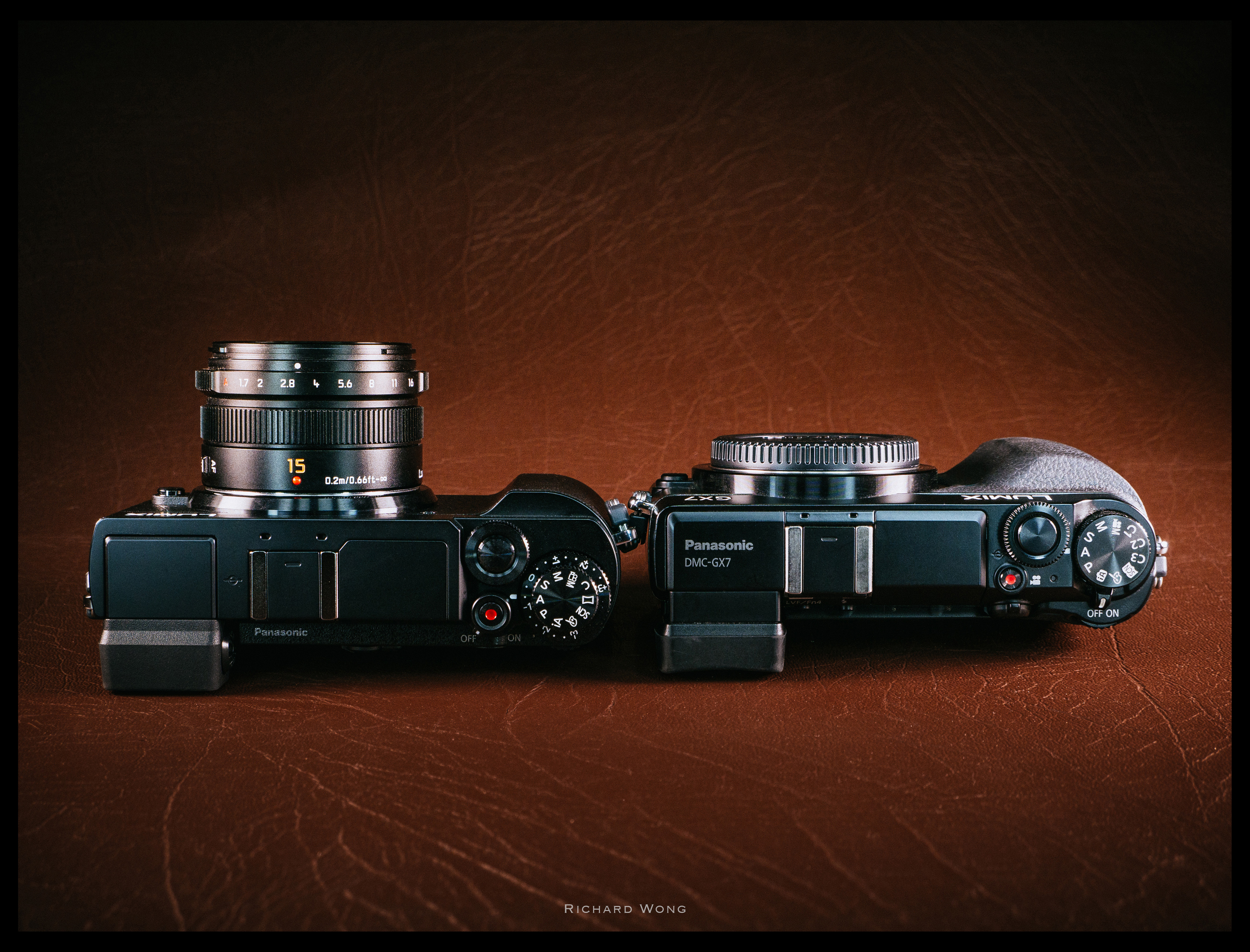
Panasonic tweaks the top plate controls and dials design with every new generation of GX camera. With the GX9, we now have three groups of controls at the top plate.
Firstly, there is the dual layer dial which the top dial controls the shooting mode and bottom dial control exposure compensation. Yes exposure compensation works in manual mode with auto ISO enabled! Then you have the front dial with the shutter button in the middle. Lastly you have the combined video record button and power switch and that’s all you have at the top of the camera. It’s a much simpler design and you can connect to your camera a lot easier. I think it is fantastic for a street photographer who often need to shoot quickly and change the settings without even thinking.
One minor complaint here is that the exposure compensation dial is a bit too close to the dial at the back of the camera. Sometimes when I’m doing street photography on the street and spot something I want to capture, I picked up the camera and I would turn the wrong dial. Since the dials feel quite different when you turn it, I would immediately noticed I was turning the wrong dial. However it would cost me a few seconds to correct my mistake and that may mean I couldn’t get the shot I want when I’m doing street photography. Ideally I would want to move the rear dial slightly lower maybe to the left a bit as well to separate it out from the exposure compensation dial a bit. To be honest, it’s not really a biggie and have only happened to me two or three times during the last two weeks. In some way, this is one of the small price we have to pay when you have a smaller camera body.
The camera grip is quite small to keep the camera small. It’s not really a problem if you are using the camera with a small lens but if you want to attach a big telephoto lens to it, like the 200mm f/2.8, then you should consider getting the optional DMW-HGR2 hand grip.
Coming back to the GX9 is the little pop up flash which was missing from the GX8. It’s quite a tiny one but you can bounce it by pulling the flash back just like the GX7.
Another thing a lot of people complain about the GX8 was it’s fully articulated screen. Most photographers, especially street photographers prefer a tilt-able screen as it’s a lot easier and quicker to use when taking photos. Especially if you want to be more discreet and take some sneaky hip shot on the street. Panasonic heard you loud and clear and you can find a 3” 1,240k-dot tilt-able LCD screen at the back of the GX9. It’s touch enabled of course and touch interface is excellent per usual Panasonic standard.
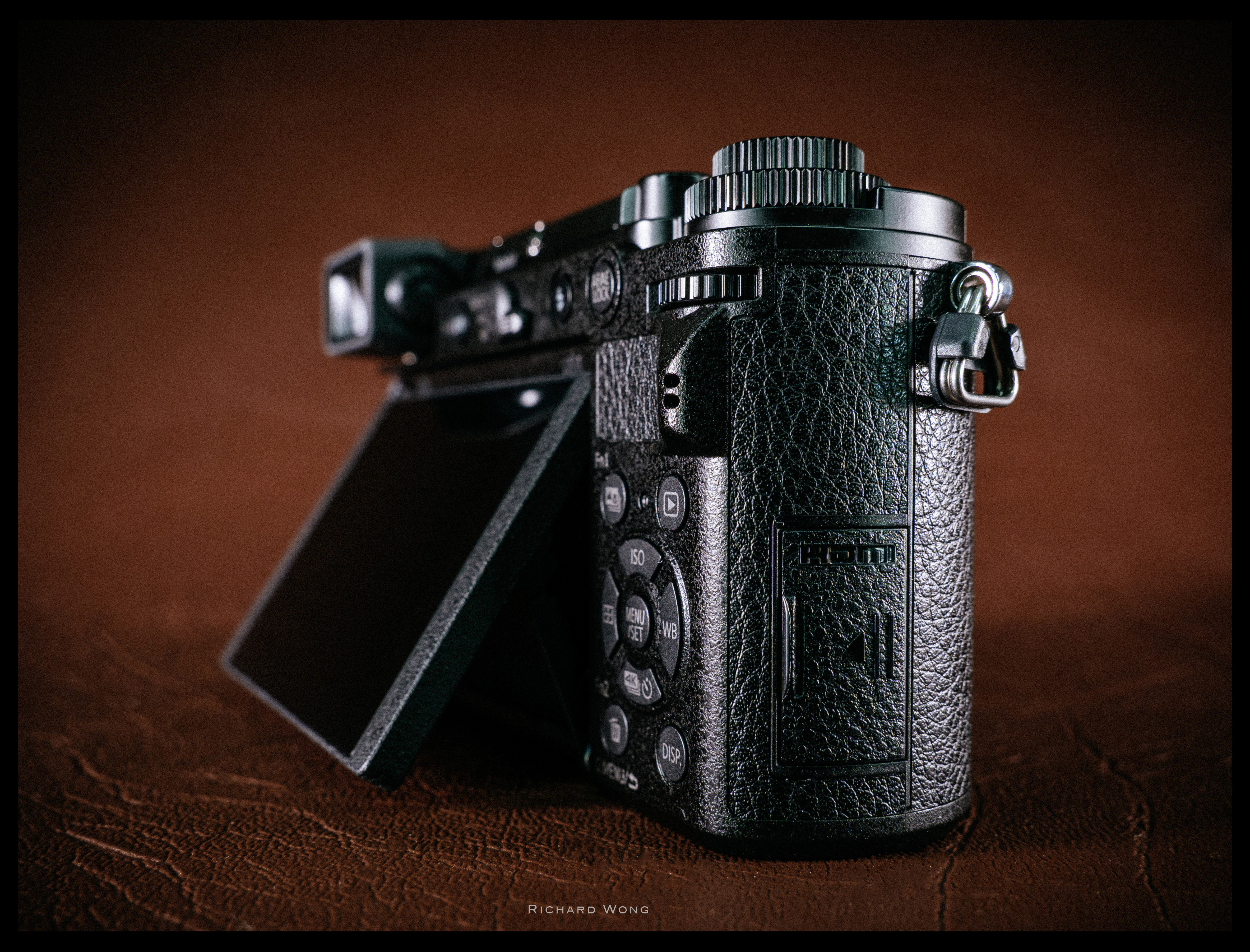
Apart from the battery and memory card, there are only two additional ports HDMI / USB on the camera and they are both on the right side. The mic port is gone. The USB port can be used to charge the battery which is great as the BLG10E battery isn’t really a big battery.
I love the sliding door mechanism Panasonic created for the HDMI / USB ports. Just put your finger on the little door and give it a bit of push/slide and boom the door opens completely. If you want to close the door, just slide it a bit and it’ll close magically. It’s almost as cool as those super cool doors on the Death Star! Check out my video review (at the top of this review) and you can see it in action at around 4 minutes mark.
The GX9’s EVF is the same spec as the one of the GX80/85. It’s resolution is 2,760k-dot but magnification is only 0.7x. It’s quite a bit smaller than GX8’s 0.77x EVF, and don’t even compare it with the G9’s huge 0.83x EVF! After using the G9 and GH5S quite a lot recently, the GX8’s EVF definitely feel quite small. And I’ll say it now, the small EVF is my biggest disappointment about the camera. I wish they put a slightly larger EVF, even the GX8 one would be nice.
The tilt-able EVF is nice, but a bit small
While the GX8 and the similarly priced G85 are both weatherproof cameras, surprisingly the GX9 is not weather proof. Is it because of that new HDMI/USB door? But anyway even though it’s not weatherproof, you don’t need to hide the camera immediately when you feel a few rain drops on your shoulder. I used the camera a few times under light rain and there is absolutely no problem. Of course if you want to use the camera under rain, do it at your own risk! Don’t email me if something went wrong after you gave the camera a quick shower 😉
The camera has both Wifi and Bluetooth so you can remote control it and transfer file using the Panasonic smartphone app.
Panasonic Lumix GX9 | Leica DG Summilux 15mm f/1.7 | ISO 200 f/4.5 1/1000s
Autofocus
The Luimx GX9 has the DFD autofocus system. While there are only 49 AF area, autofocus speed is 0.07s which is same speed as the GH5S. The official figures say the camera can autofocus down to -4EV and in real world, the camera could indeed autofocus quite well under very dim lighting.
Without doing any controlled side by side comparison test, I would say GX9’s autofocus performance when shooting photos in both AF-S and AF-C mode are quite close to the G9, with the G9 being a little bit more consistent and accurate.
By the way, the face detection AF mode works extremely well when I’m shooting street photos. When I don’t have enough time to focus, I just leave the camera in face detection mode and just point and shoot. The success rate is really high even when I’m shooting at maximum aperture with some of the prime lenses.
Burst Speed
The burst speed of the Lumix GX9 is 9 fps when shooting at AF-S mode. And 6fps at AF-C mode. It’s not the fastest burst speed in it’s class but still respectable and not the slowest.
Battery
The camera uses a BLG10E battery which is the same as the GX80/85. It’s not really a big battery and the offical rate is around 250 shots per charge. I’ve done a few one hour photo walk with the camera remain on the whole time. By the time I finished the one hour walk (and took average 150 photos), the battery is about half full, or half empty. So it’s not terrible. But if you want to do a full day of shooting, then grab yourself one or two spare battery. You can charge the battery via the USB port on the camera. And if you turn on the Power Save LVF Shooting turned on, the official battery life increase dramatically to 900 shots per charge.
Unedited JPG straight out of camera | Panasonic Lumix GX9 | Leica DG Summilux 15mm f/1.7 | ISO 200 f/1.7 1/16000s
Image Stabilisation
The Lumix GX9 has a 5-Axis in-body image stabiliser (IBIS) and it also supports Dual I.S. when a supported lens is mounted onto the camera.
The official rating for the Dual I.S. system is 4 stop. I’ve tested the effectiveness of the camera’s image stabilisation system following my usual image stabilisation test method. And I’ve summarised my results to the chart below.
Test method: I took between 10-20 photos at each shutter speed with each setting. Then I divide the photos into three groups depending on the photo sharpness. This is not the test to find out the absolute slowest shutter speed you can shoot at as it is really different between different people with different shooting techniques. This test is to find out the relative effectiveness of the image stabilisation system.
IBIS only test – Leica DG 25mm f/1.4
Dual I.S. test – Leica DG 12-60mm f/2.8-4 Power OIS
At 25mm, the in-body image stabiliser itself is around 3 stops effective. And with the Dual I.S. system, it is around 4 stops effective. My result is similar to what the official rating is even though I was testing it at a wider focal length (The official figure follows the CIPA standard which test lens at 60mm / 120mm equivalent focal length). While it is not as good as the G9’s ridiculously good Dual I.S. 2 system, the results are still quite decent. What is more interesting is that while the Dual I.S. results are similar to the results I got from the GX8 review, the IBIS only results are definitely a lot better. It shows you how much Panasonic has improved their IBIS technology since the GX8.
Image Quality
The Lumix GX9 has a 20MP sensor with no low pass filter. It is probably the same sensor as the GH5 / G9 and I took some comparison photos with the Lumix G9 to see the image quality from low ISO all the way to maximum ISO 25600.
This is my typcial ISO comparison photo. The full photo:
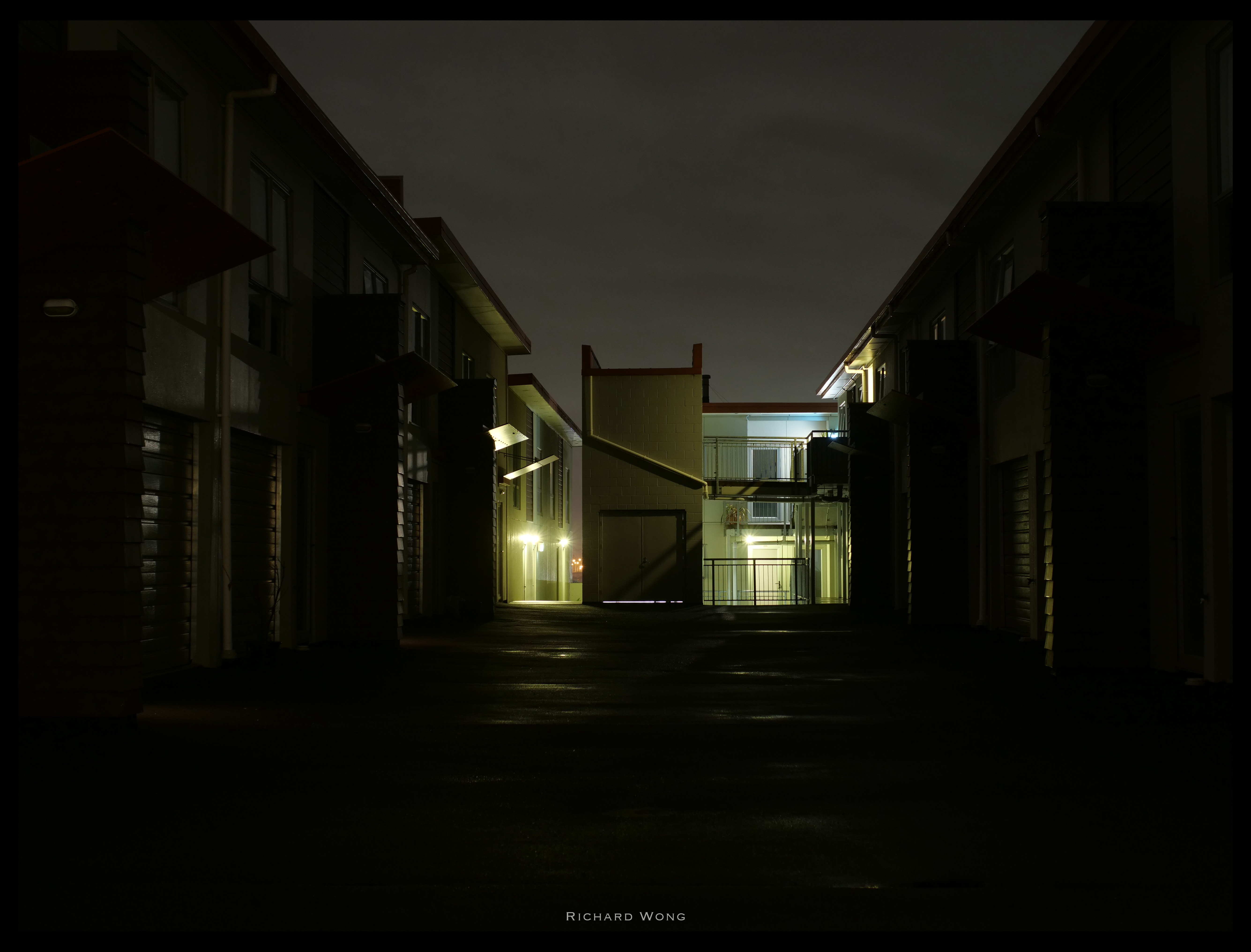
Now below are 100% crop at the centre at different ISO, from base ISO 200 to maximum 25600. Top row is from GX9, bottom row is from G9. All photos are unedted JPG from camera.
From base ISO 200 too ISO 1600, GX9’s image quality remains very good and the camera manages to keep the noise at minimum level while retaining most fine details. At ISO 3200 and 6400, the image quality starting to drop noticeably but even the unedited JPGs are still very useable. At ISO 12800 and 25600, most of the fine details disappeared and the images become quite soft due to the heavy noise reduction.
And as you can see from the 100% crops, there is virtually no difference between the JPGs from GX9 and G9.
Unedited JPG straight out of camera | Panasonic Lumix GX9 | Leica DG Summilux 15mm f/1.7 | ISO 2000 f/1.7 1/1000s
The JPGs from the GX9 is beautiful. Panasonic has definitely improved their colour science a lot and the JPGs from the GX9 is just gorgeous. The skin tone especially outdoor during the day is beautiful and the overall colours are very nicely rendered, especially when you shoot the photos on a sunny day.
I usually just left the camera in auto white balance and the result is excellent. Most of image samples in this review are unedited JPG straight out of camera so you can see the camera JPG colours yourself.
Unedited JPG straight out of camera | Panasonic Lumix GX9 | Leica DG Nocticron 42.5/F1.2 | ISO 200 f/1.2 1/1000s
Unedited JPG straight out of camera | Panasonic Lumix GX9 | Leica DG Nocticron 42.5/F1.2 | ISO 200 f/1.2 1/16000For black and white shooters, there is a new B&W photo style called “L. Monochrome D”. The L. Monochrome D gives you deeper blacks compares to the standard Monochrome photo style but at the same time it retains quite a bit of shadow details. Photo style is really a personal perference but personally I really like the JPGs shot in L. Monochrome D photo style a lot.
Check out my newest street photography video from my “Lunch Break” series on my youtube channel in a few days time, all the photos are unedited JPGs shot in L. Monochrome D photo style.
L. Monochrome D | Grain Effect Standard The camera also has the new “Grain Effect” option which simulate film grain to your B&W photos (not available in colour photo). Some of you know I still shoot a lot of film these days and a lot of B&W film. To my eyes, the grain effect does look very close to the real deal and has that organic film grain look. Definitely give it a try if you like B&W photos.
You can choose the strength of the grain effect. “Standard” seems quite nice for most photos, while “high” might be good when you are shooting under low light at high ISO.
Unedited JPG straight out of camera | Panasonic Lumix GX9 | Leica DG Summilux 15mm f/1.7 | ISO 200 f/4.5 1/3200s
Grain Effect High
4K Photo mode
Just other Panasonic cameras, the Panasonic Lumix GX9 also has the usual 4K photo modes. With the GX9, there are a few improvements to the 4K photo mode.
One problem I found previously when shooting in 4K photo mode is that I usually end up with hundreds or even thousands of photos from “one” set of 4K photos. Trying to find the best photo from the set can be quite a time consuming task. So one of the new feature that comes with the GX9 is the auto marking feature, which basically the camera has some smart algorithm to find the most important frame for you and pin it so you can quickly skip to that particular frame and then move around to find your best photo.
There is another new feature which is called sequence composition. This feature allows you to choose a few frames from your 4K photos and it’ll merge them into a trajectory photo.
Panasonic Lumix GX9 | LUMIX G VARIO 12-60/F3.5-5.6 | ISO 200 f/8 1/40s
Look at all these nice Leica lenses!
Conclusion
When Panasonic launch the GX8, it was their top of the line Lumix stills photo camera. However with the recent changes in product lineup, the flagship professional photography camera is shifted to the Lumix G9. The GX9 is now sitting one level below, as a mid level enthusiast camera, targetting street photographers. The price reflects this changes as well. The New Zealand GX9 launch price is significantly lower than the GX8 launch price.
If you are someone who wants the latest and greatest technology, and hoping the GX9 is going to bring you a new sensor (really?), new autofocus system or some brand new alien technology, you would surely be disappointed because technology wise, the Lumix GX9 really doesn’t bring anything super exciting to the table.
But does a good camera really always need the latest and revolutionary technology?
Sometimes a more conservative approach with a well defined feature set might result in a more affordable and practical camera for more photographers.
By focusing the GX9 a camera primarily for street photographers, the GX9 has a more simplified but not dumb down design and most of the features and controls that are not needed by street photography are removed. Tilt-able LCD screen is now back which all street photographers prefers. The result is a smaller, simpler camera with no exciting headline grabbing feature.
But the more I use the camera, the more I like it. After using it for about a week, I already feel really connected to the camera when shooting on the street. Adjusting the aperture, shutter speed, exposure compensation becomes second nature and the autofocus is fast and reliable. I see, I point, I adjust settings and I shoot. The whole process happens quickly and seamlessly and that’s really all I need for street photography! Ok I still really really want a bigger EVF as well. GX9’s EVF is adequate but I really enjoy composing my photo through a large EVF like the one on the G9. But anyway my point is, for street photography, I don’t really need a cameras with millions of buttons and features that I would almost never use. Maybe that’s why so many street photographers still regard the Leica M rangefinder camera as the ultimate street camera. A camera that is so simple, with only a handful of controls and buttons. The Lumix GX9 is not really a Leica M but I can certainly see some similar design philosophy between them.
Cover up the Lumix logo at the front (that’s exactly what I did when I was out shooting with this camera) and put on a small prime lens like the Leica 15mm f/1.7 lens, you can’t find a camera that is smaller and more stealthy yet can capture some stunning street photos so quick and easy.
If you tape the Lumix logo, you will have a really compact and stealthy looking camera
Added 14/2/2018:
After the review was released, there are a lot of comments about the GX9 is pretty much a GX85 with a 20MP sensor. That’s what I thought as well at the beginning. But there are actually quite a bit more than that if you are looking for a good street camera and why I prefer the GX9 a lot more than the GX85 as a street photography camera. Whether it’s worth the extra price is up to you 🙂
1. Exposure compensation dial. I use it a lot and i also like that it can be used in manual mode with auto ISO on (something I actually complained to Panasonic when they release the GX8)
2. Tilt-able EVF. It’s a shame the EVF is small but tilt-able EVF is very useful when shooting on the street and it’s an unique features for the GX flagship.
3. The dedicated focus lever switch. I can quickly switch between the focus mode without having to go into the menus.
4. The slightly bigger body and better build quality. It’s not obvious at first. But after I played with both side by side at Panasonic, the GX9 does feel more premium and solid camera.
5. The new L. monochrome D mode, grain effect, very nice JPG. Ok it doesn’t matter much if you are a RAW shooter. But I’m usually a RAW shooter as well and end up shooting JPG on the GX9 as I find the JPGs (both colour and b&w) look really nice straight out of camera.
6. 20MP sensor with no LPF. A bit more resolution is always nice. Having said that it’s not most important thing to me when doing street photography so I put it quite low on my list.
Sample Photos
*** ALL SAMPLE PHOTOS BELOW ARE UNEDITED JPG STRAIGHT OUT OF CAMERA ***
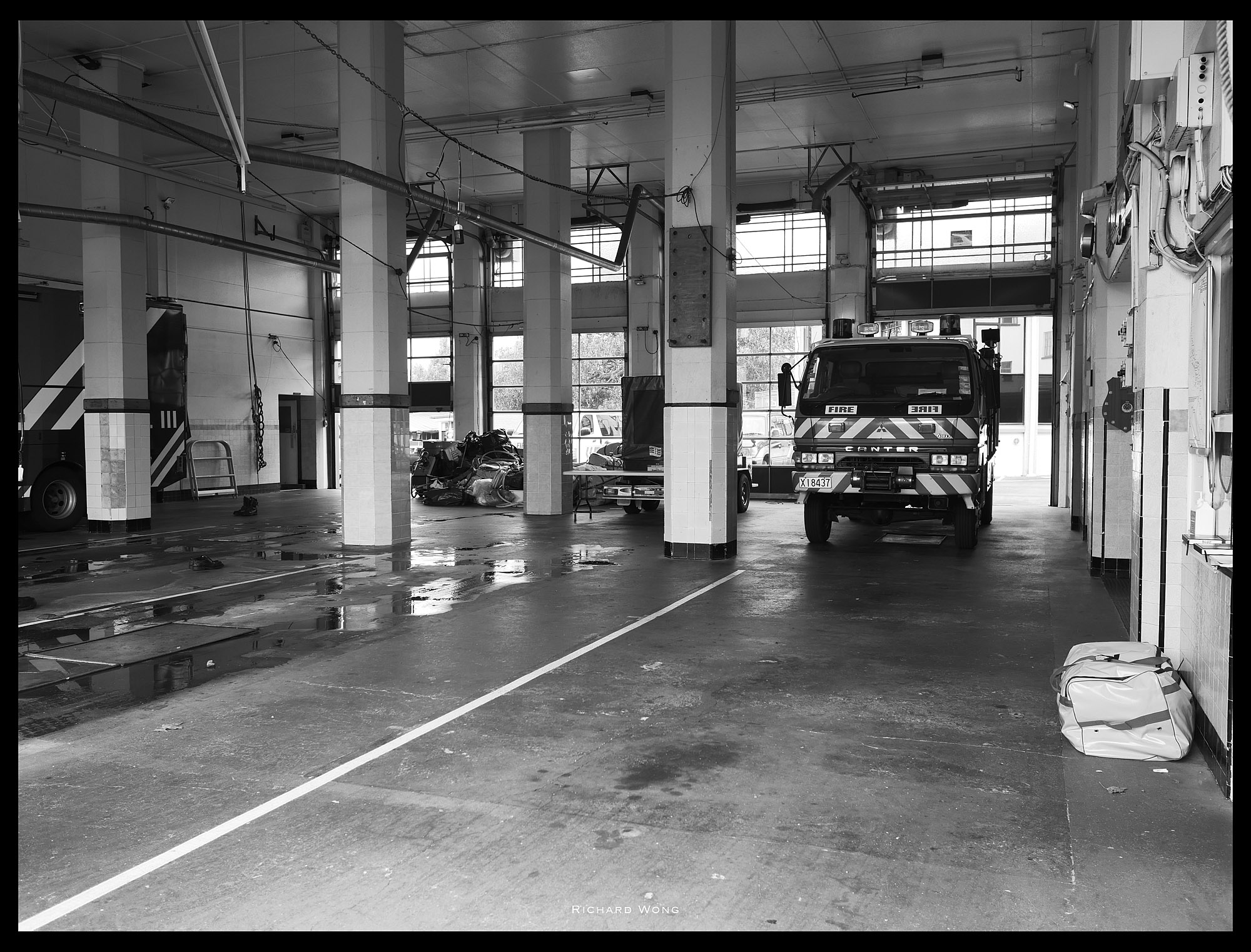 Unedited JPG straight out of camera | Panasonic Lumix GX9
Unedited JPG straight out of camera | Panasonic Lumix GX9
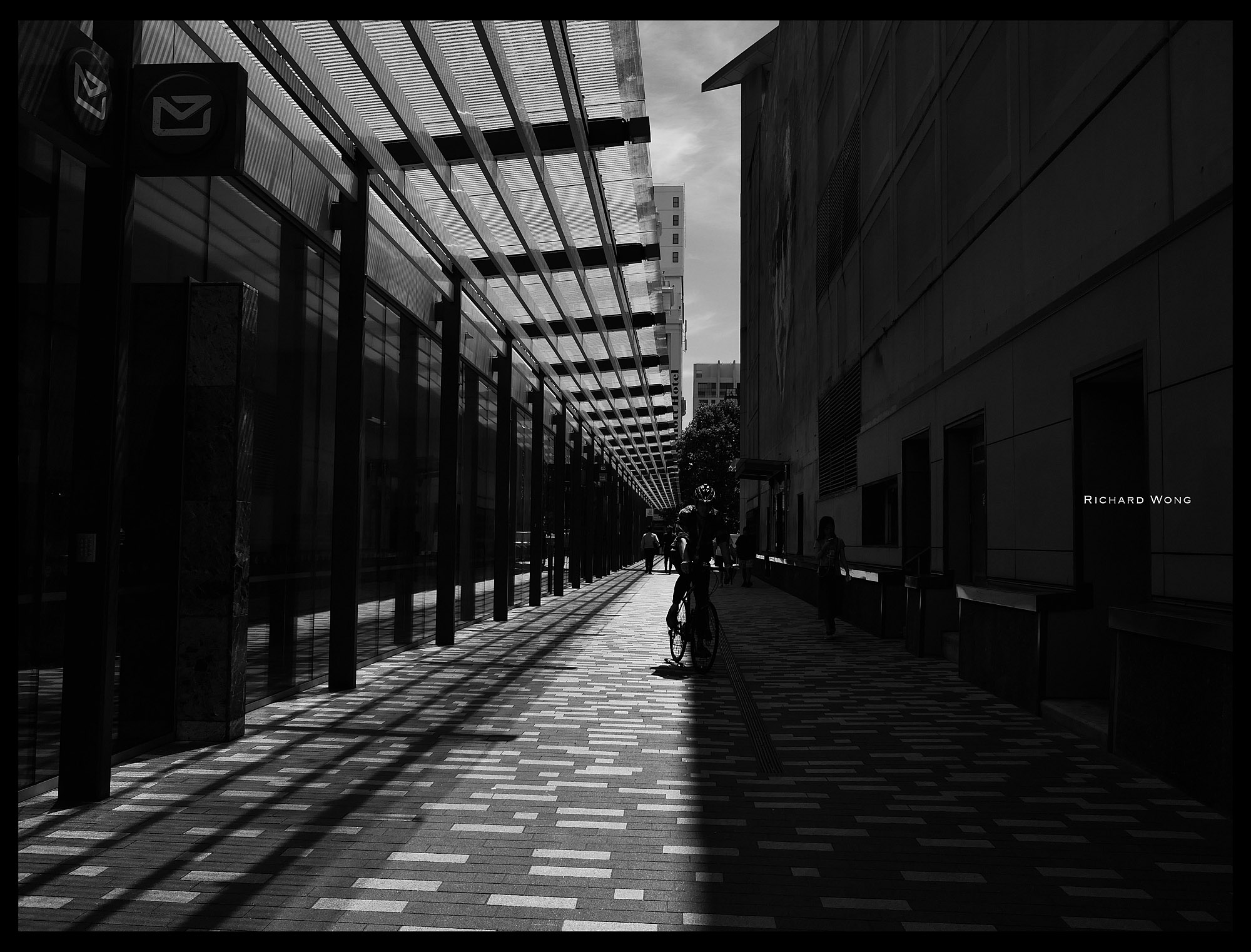 Unedited JPG straight out of camera | Panasonic Lumix GX9
Unedited JPG straight out of camera | Panasonic Lumix GX9
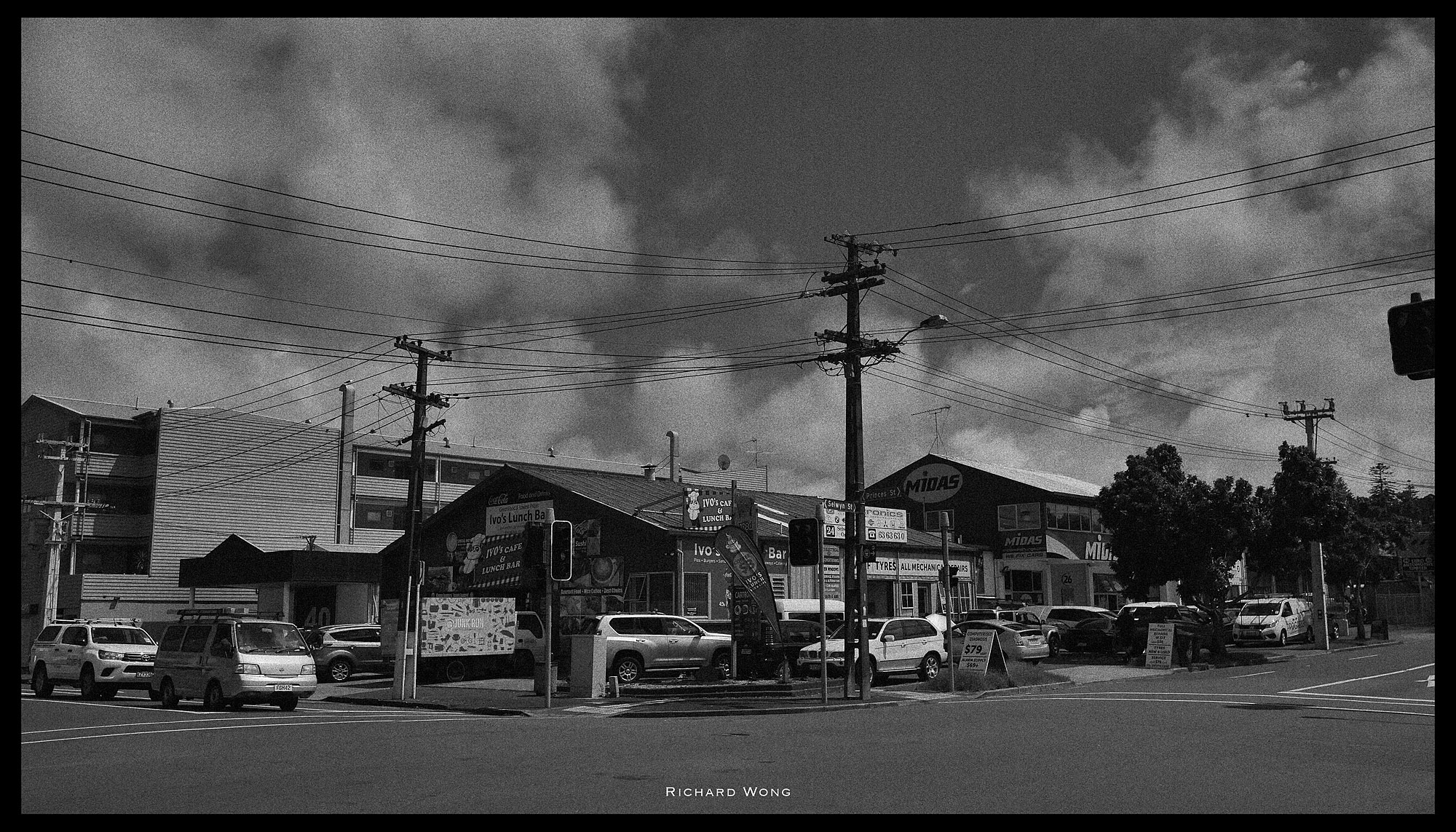 Unedited JPG straight out of camera | Panasonic Lumix GX9
Unedited JPG straight out of camera | Panasonic Lumix GX9
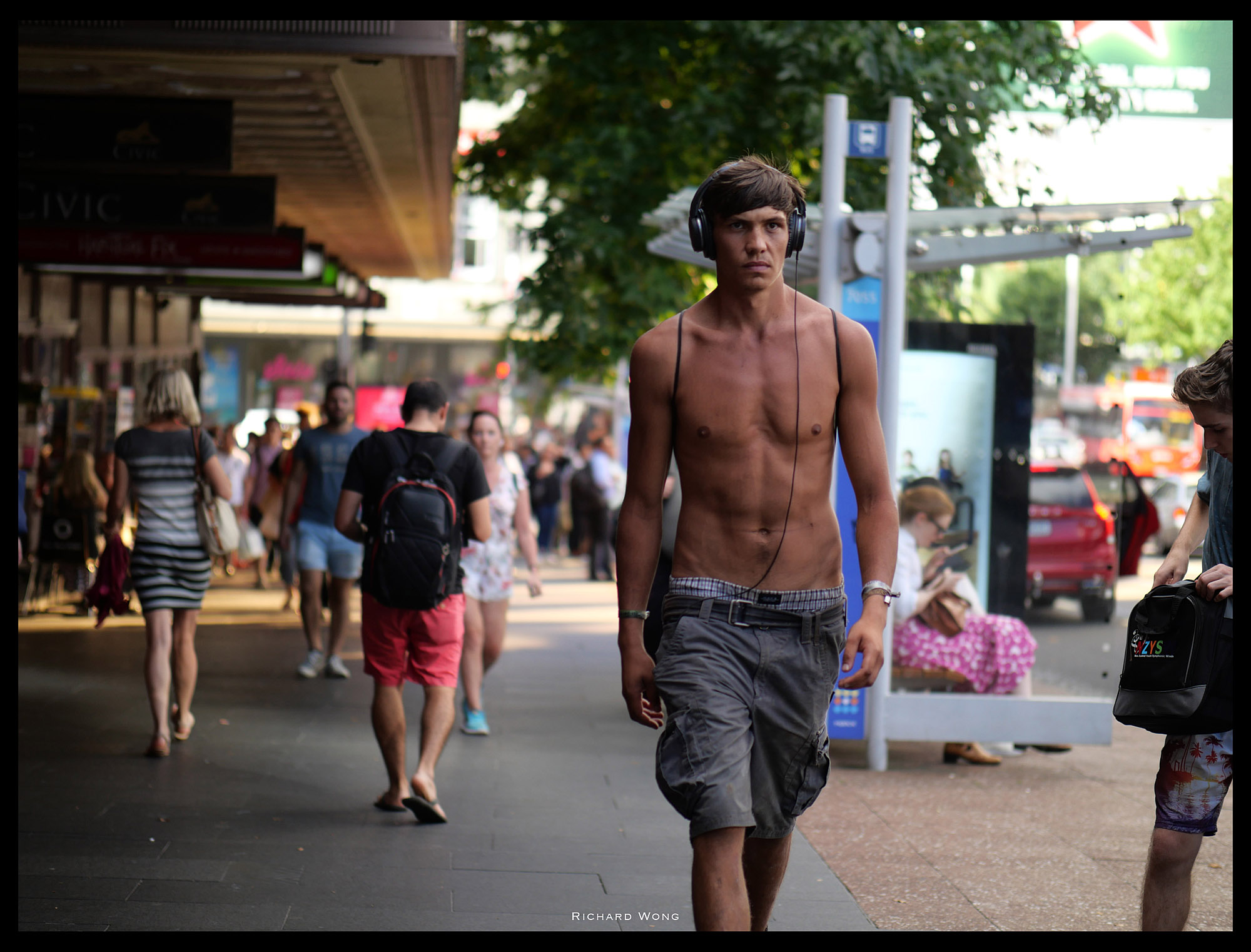 Unedited JPG straight out of camera | Panasonic Lumix GX9
Unedited JPG straight out of camera | Panasonic Lumix GX9
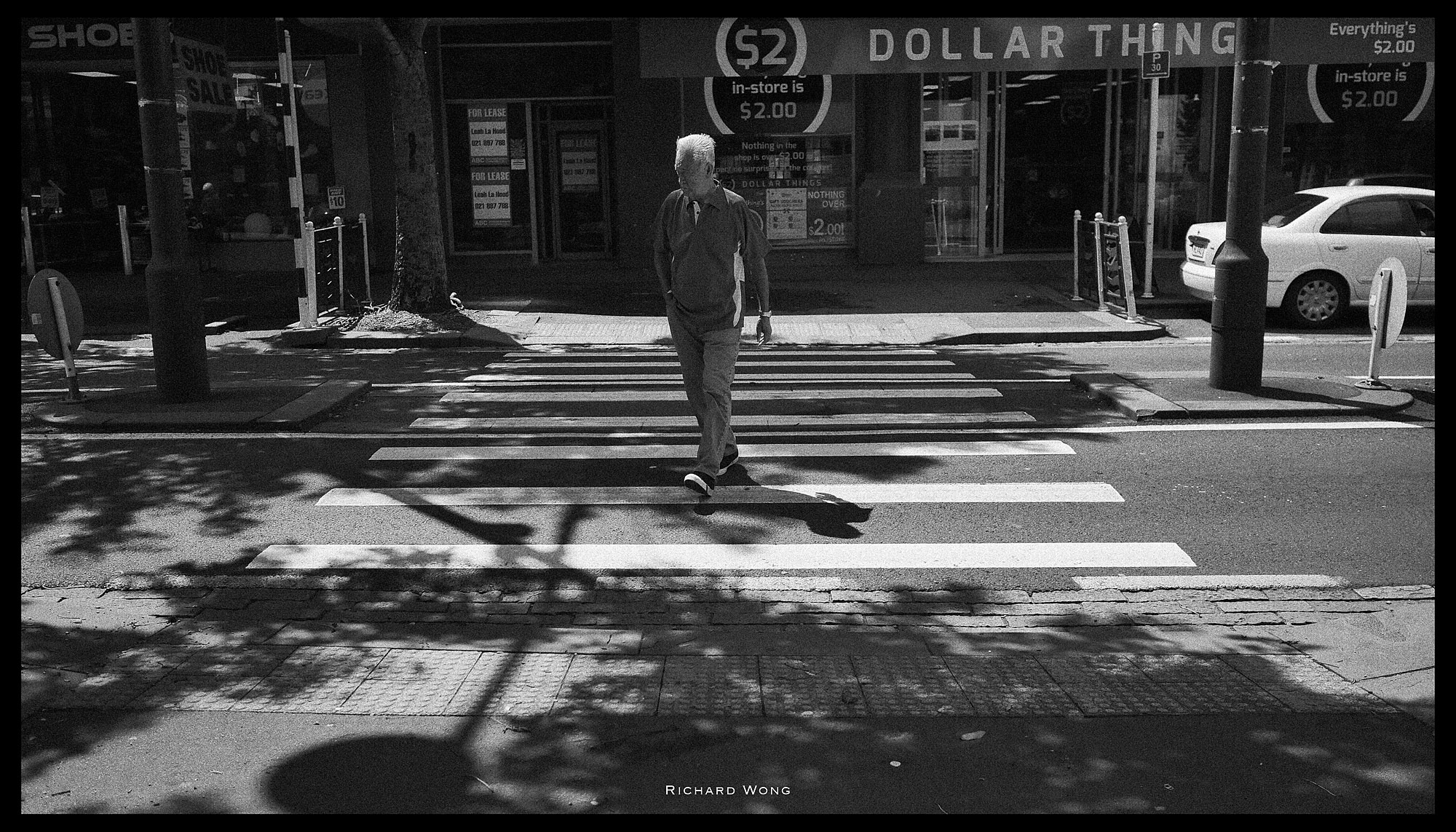 Unedited JPG straight out of camera | Panasonic Lumix GX9
Unedited JPG straight out of camera | Panasonic Lumix GX9
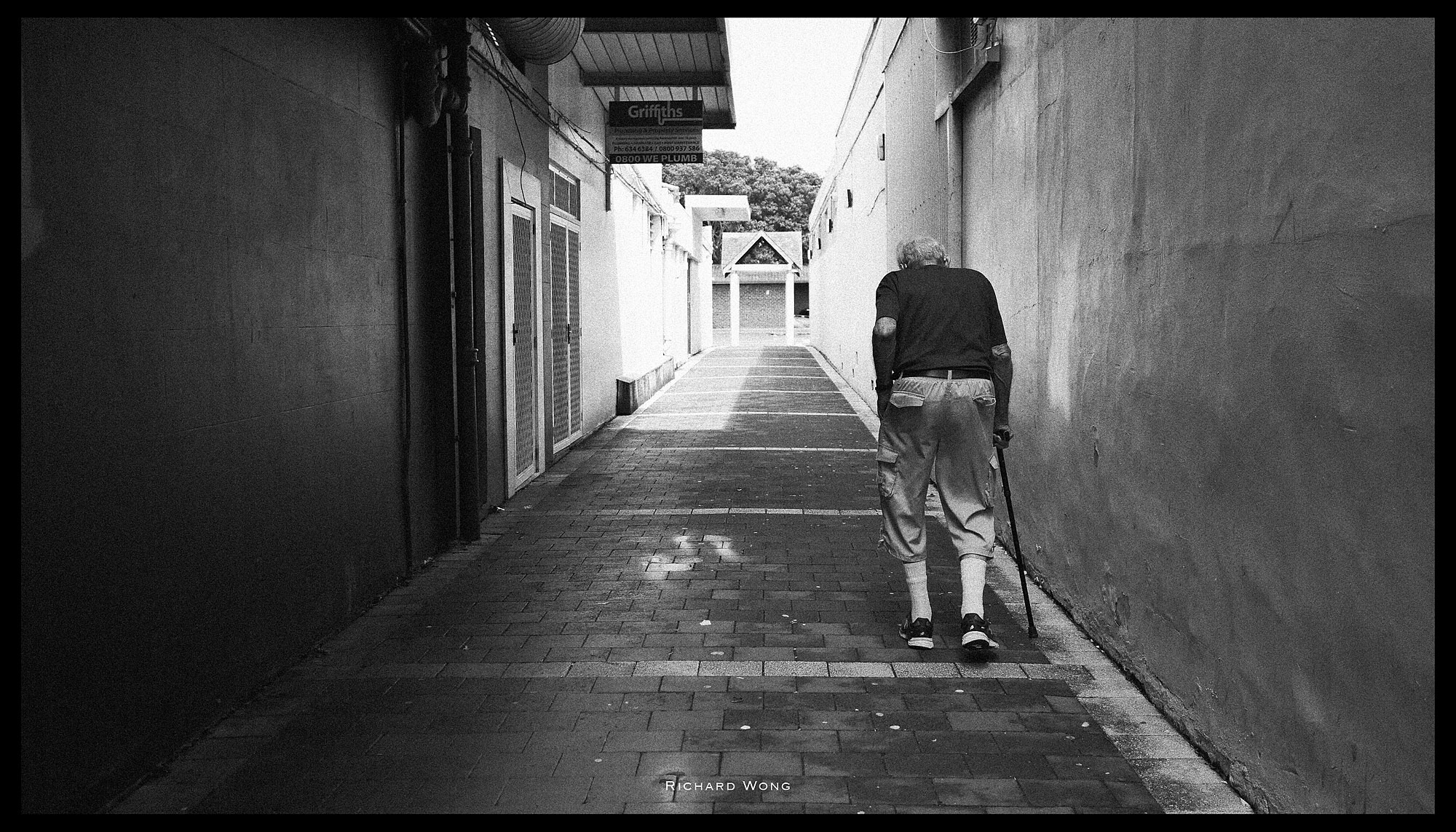 Unedited JPG straight out of camera | Panasonic Lumix GX9
Unedited JPG straight out of camera | Panasonic Lumix GX9
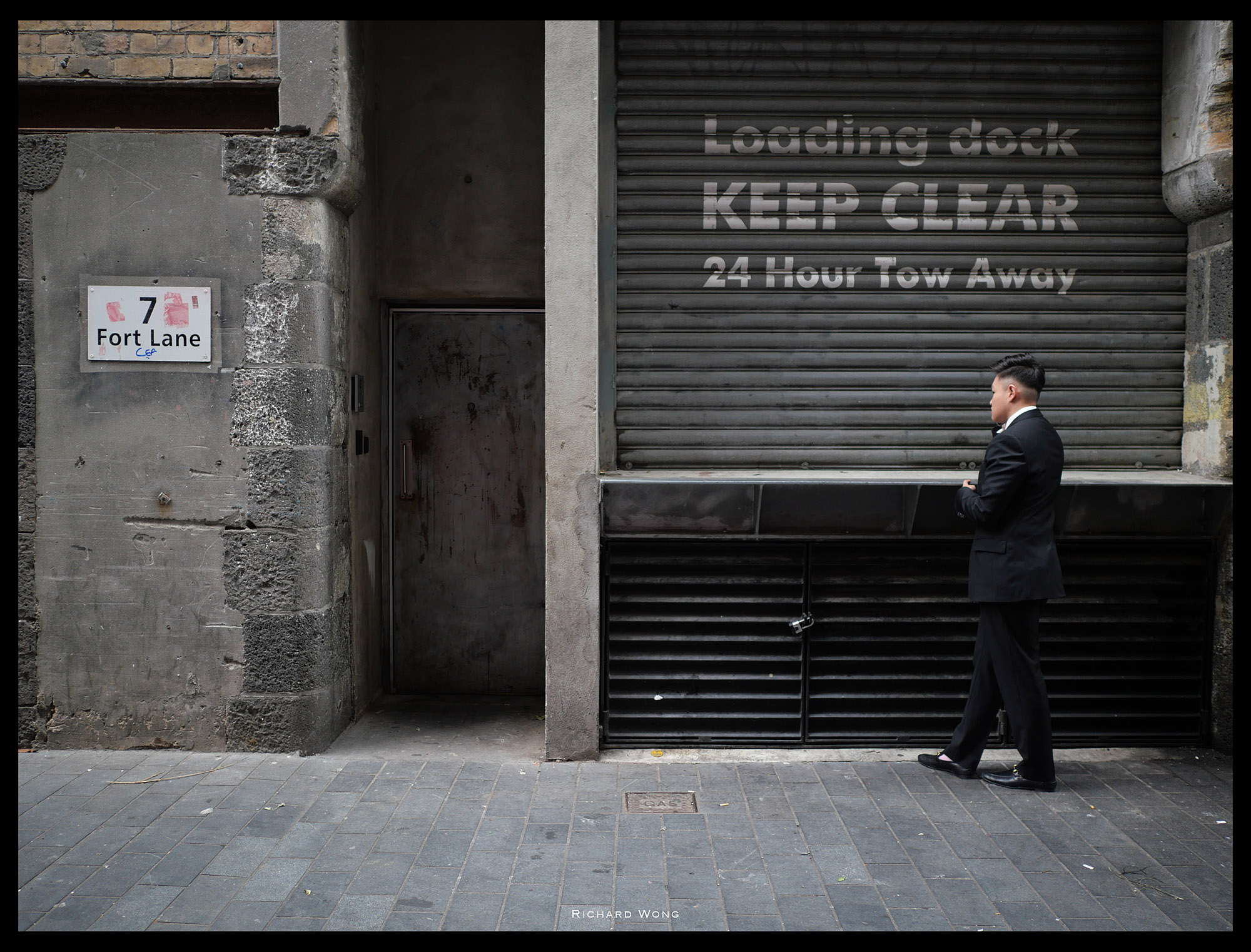 Unedited JPG straight out of camera | Panasonic Lumix GX9
Unedited JPG straight out of camera | Panasonic Lumix GX9
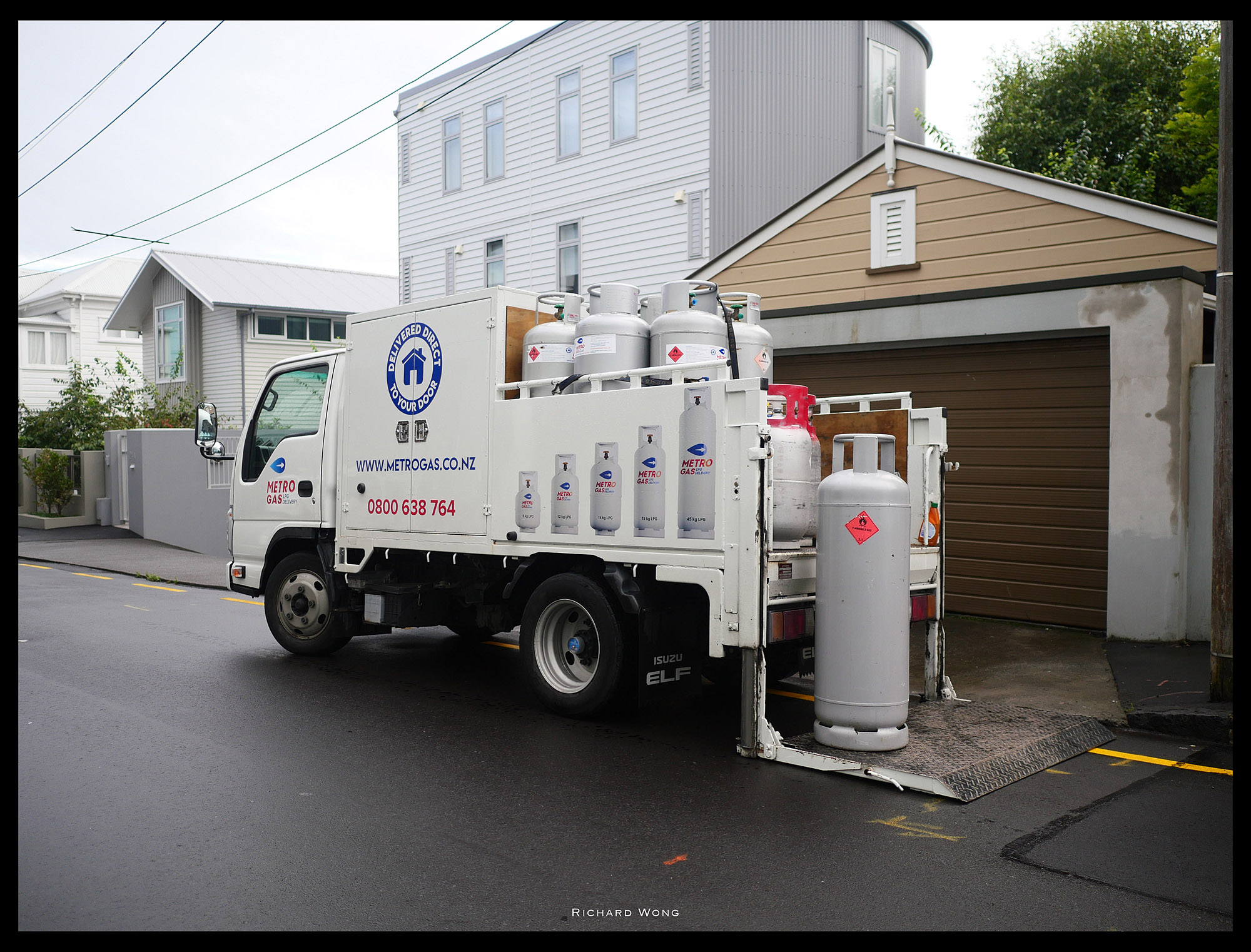 Unedited JPG straight out of camera | Panasonic Lumix GX9
Unedited JPG straight out of camera | Panasonic Lumix GX9
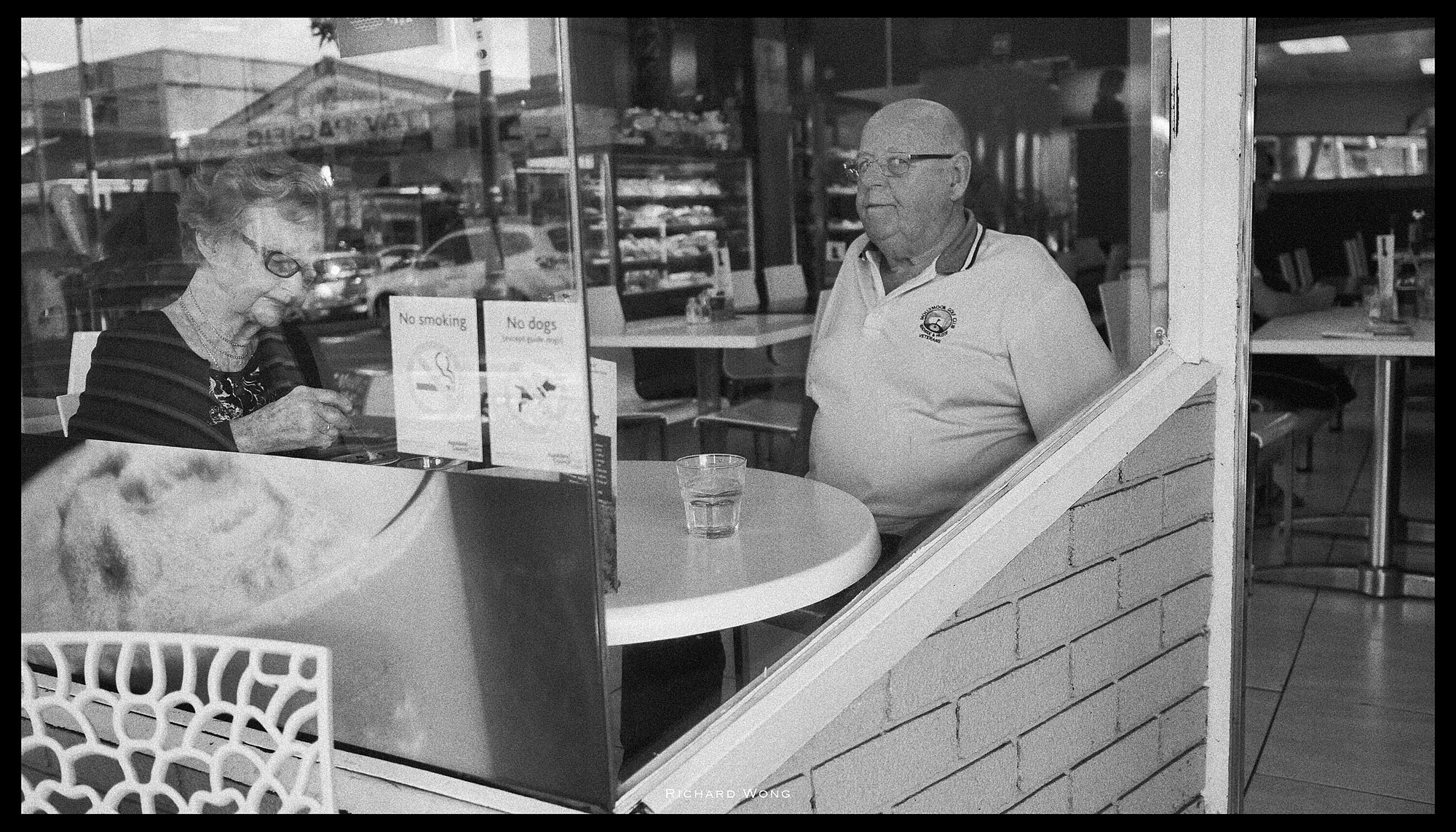 Unedited JPG straight out of camera | Panasonic Lumix GX9
Unedited JPG straight out of camera | Panasonic Lumix GX9
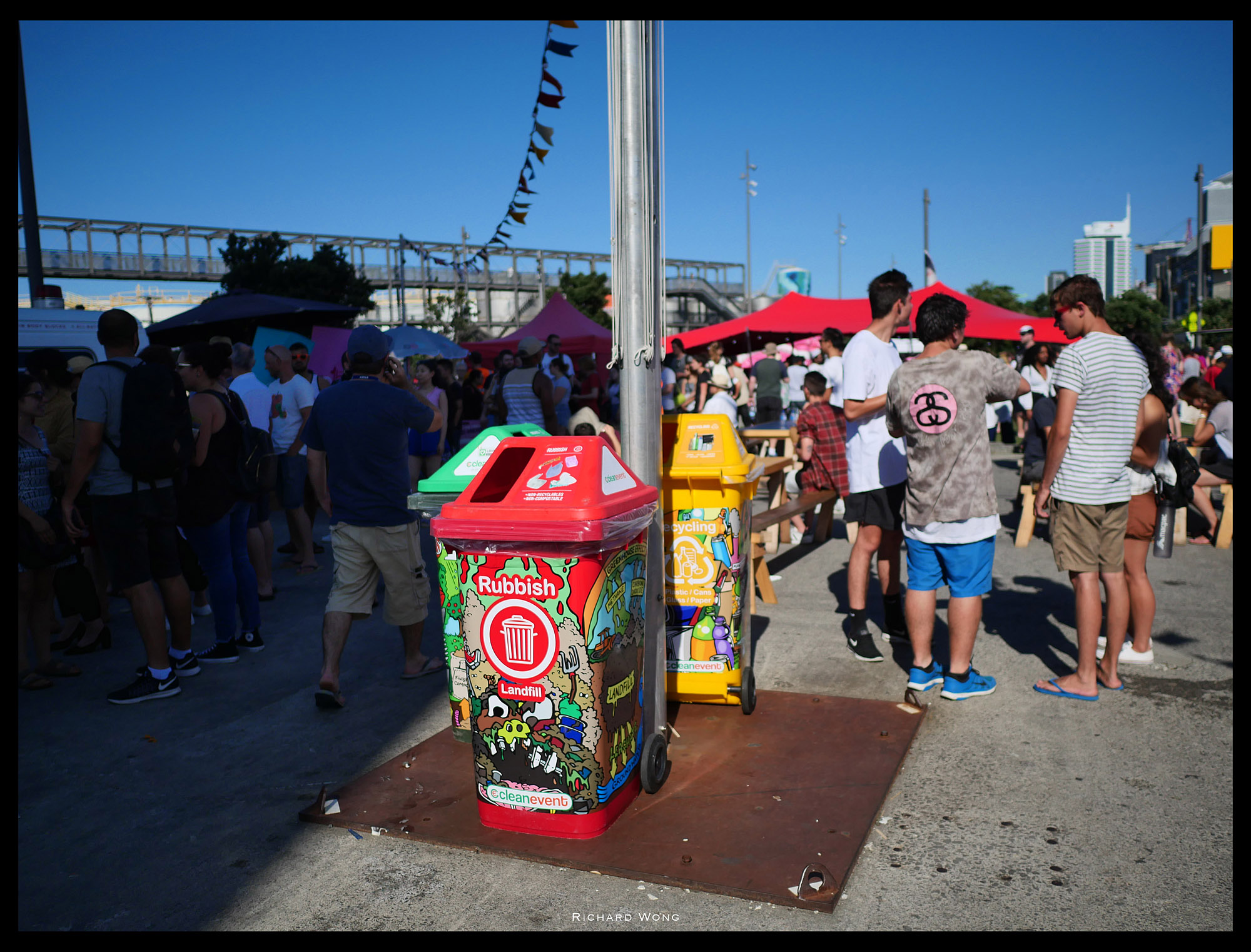 Unedited JPG straight out of camera | Panasonic Lumix GX9
Unedited JPG straight out of camera | Panasonic Lumix GX9
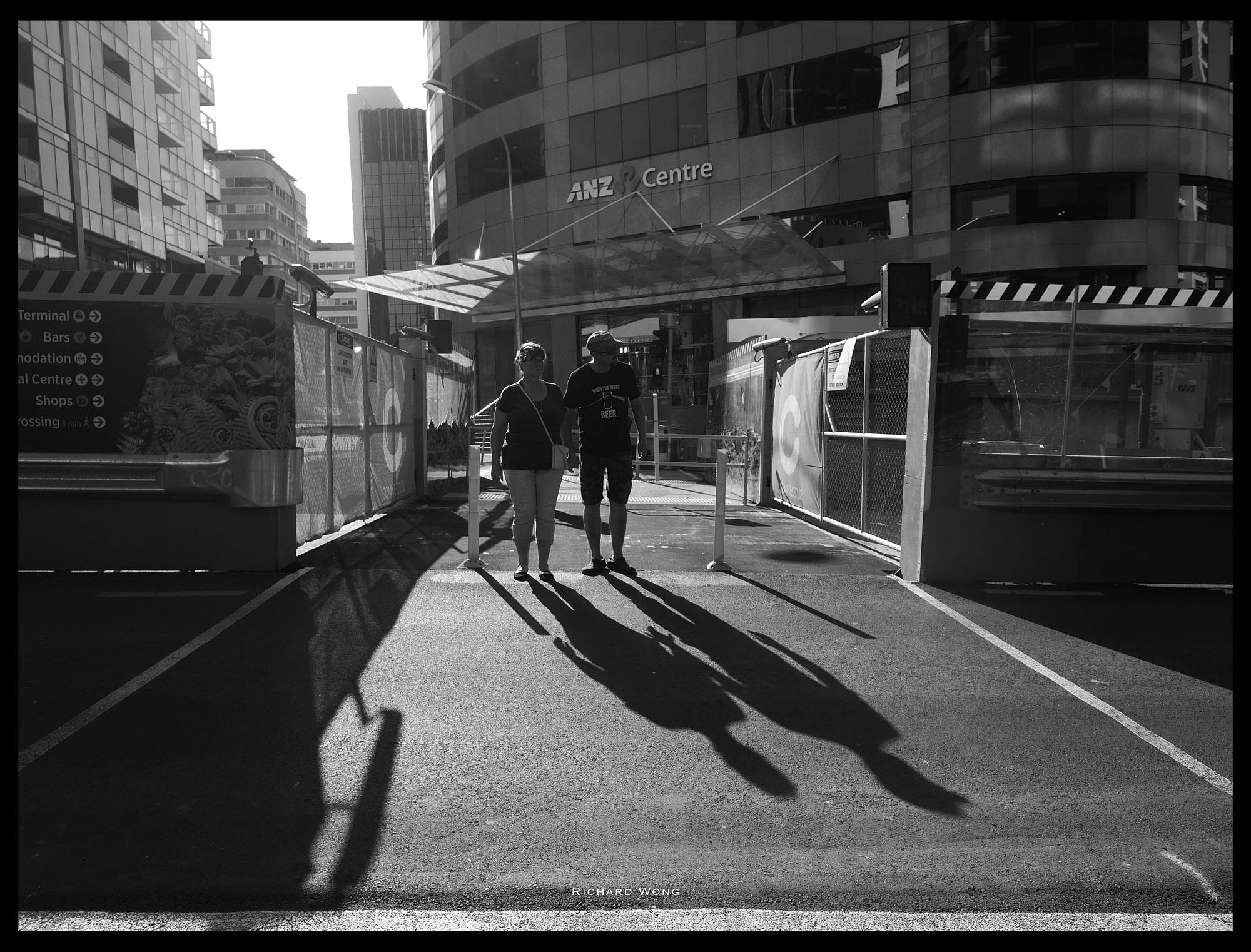 Unedited JPG straight out of camera | Panasonic Lumix GX9
Unedited JPG straight out of camera | Panasonic Lumix GX9
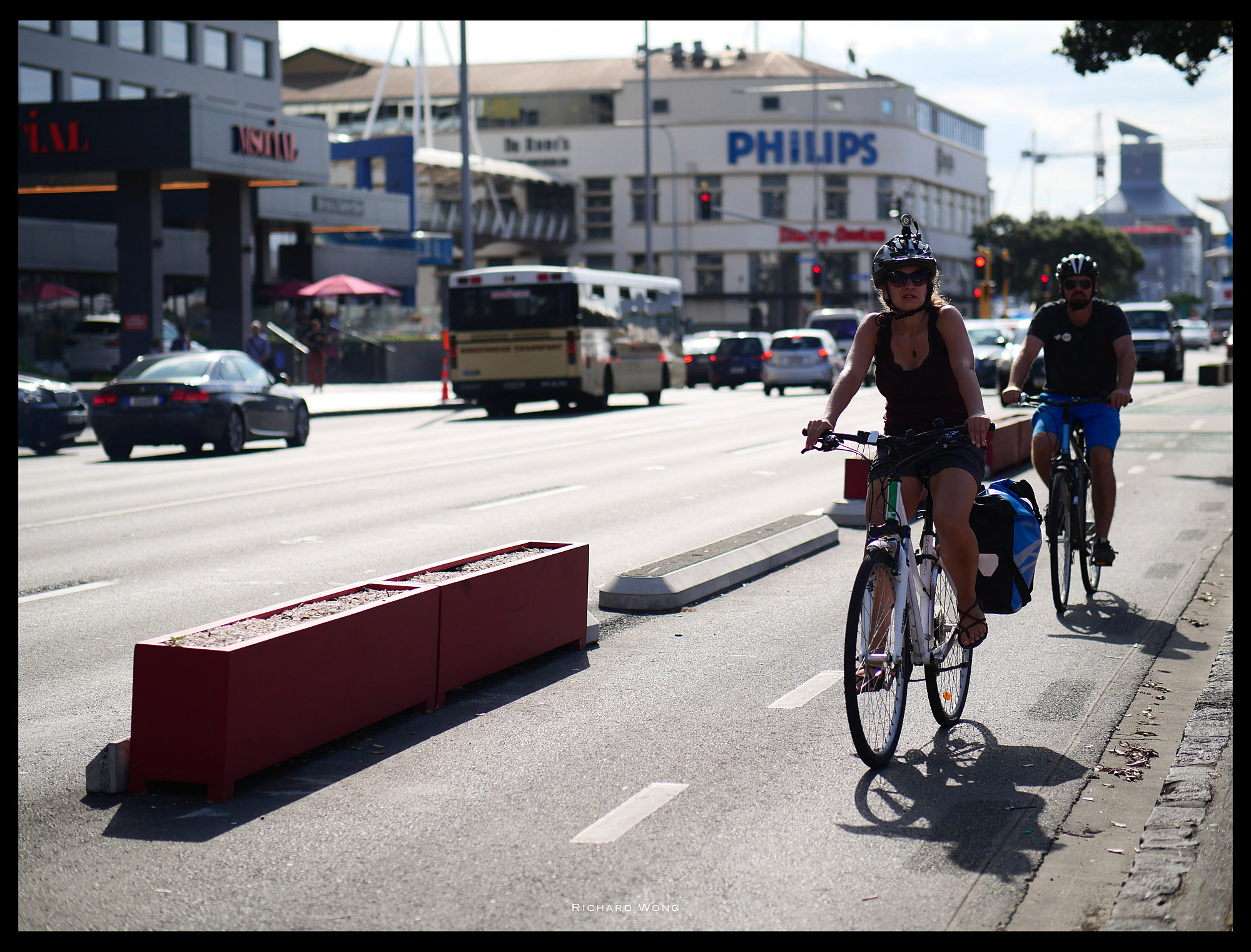 Unedited JPG straight out of camera | Panasonic Lumix GX9
Unedited JPG straight out of camera | Panasonic Lumix GX9
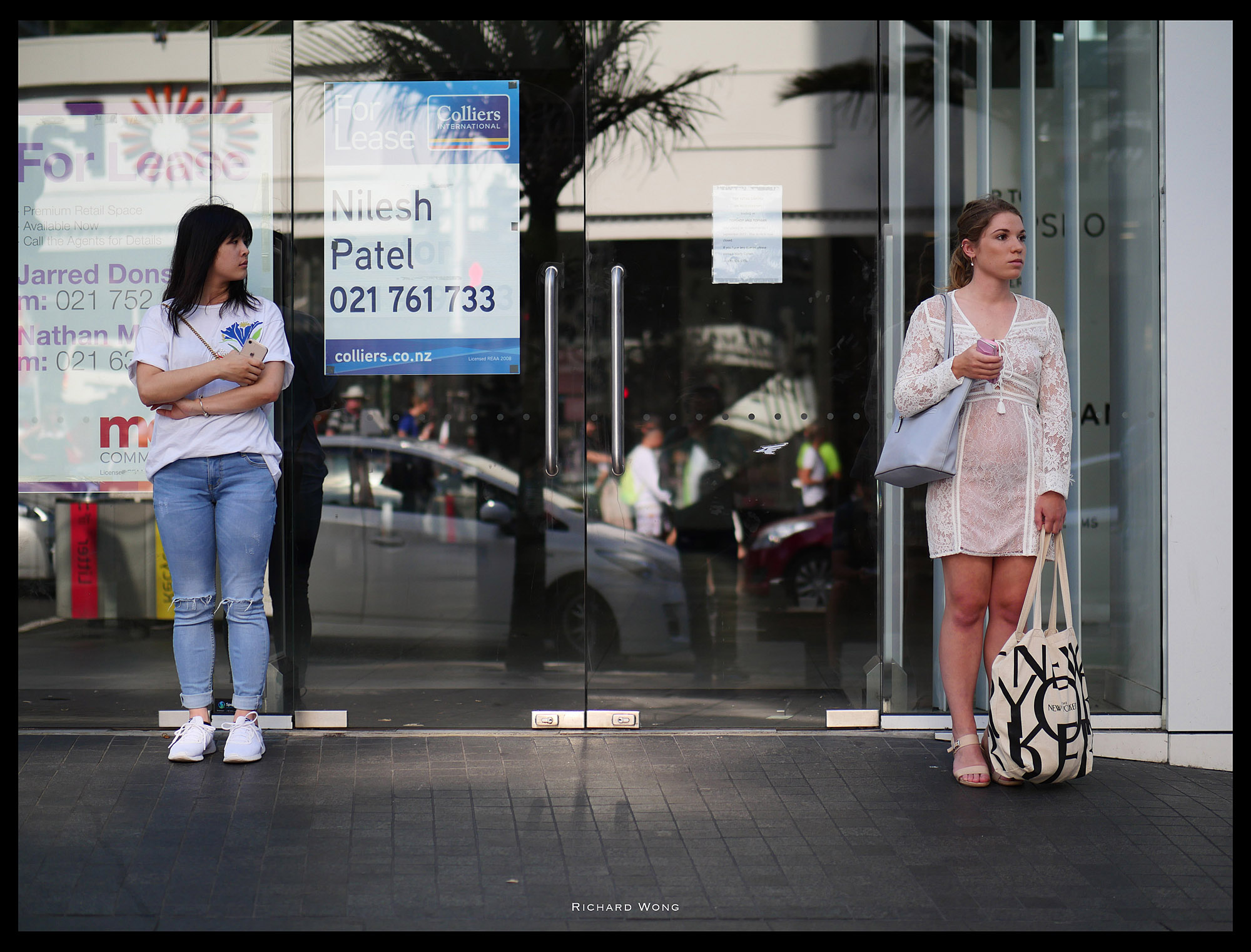 Unedited JPG straight out of camera | Panasonic Lumix GX9
Unedited JPG straight out of camera | Panasonic Lumix GX9
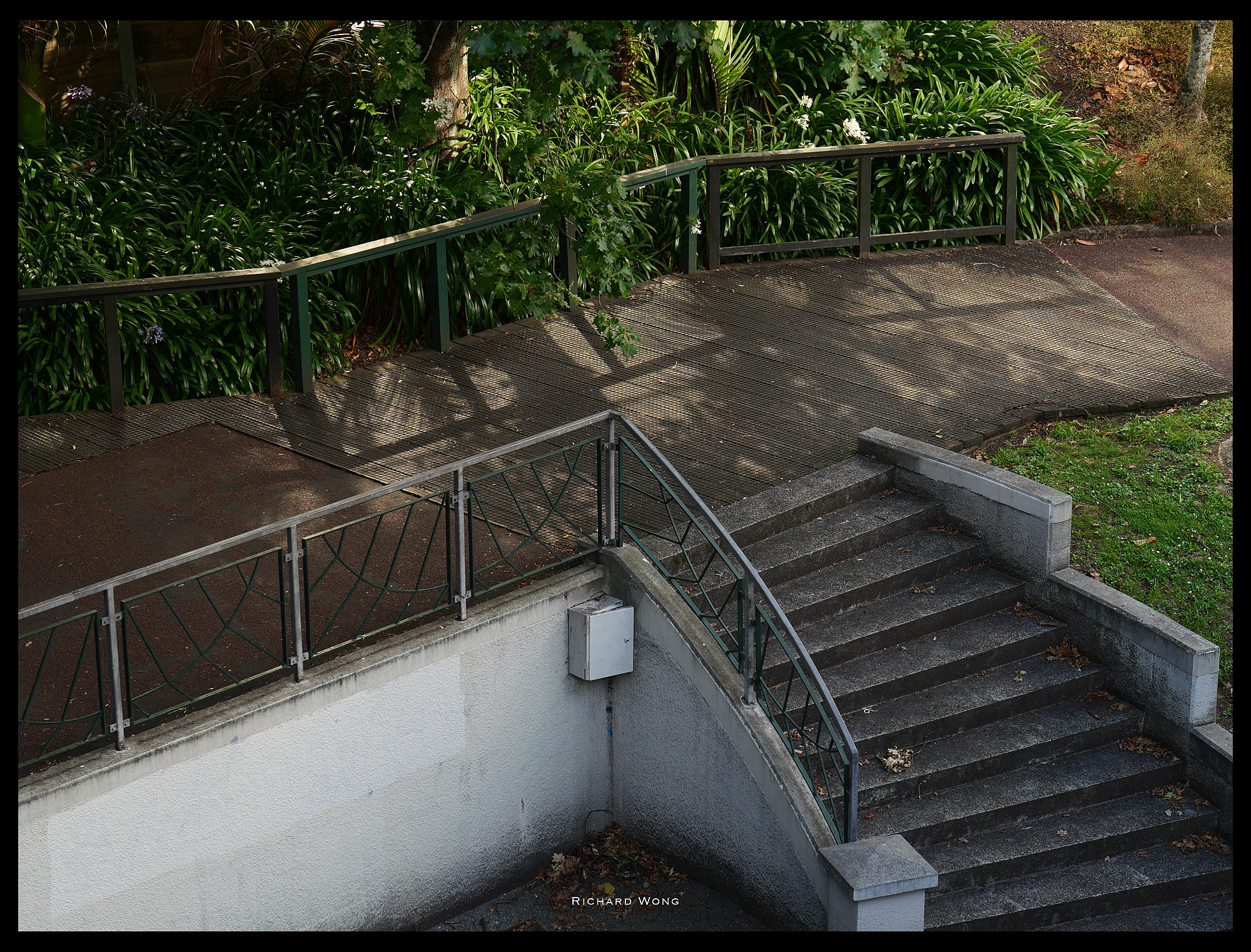 Unedited JPG straight out of camera | Panasonic Lumix GX9
Unedited JPG straight out of camera | Panasonic Lumix GX9
 Unedited JPG straight out of camera | Panasonic Lumix GX9
Unedited JPG straight out of camera | Panasonic Lumix GX9
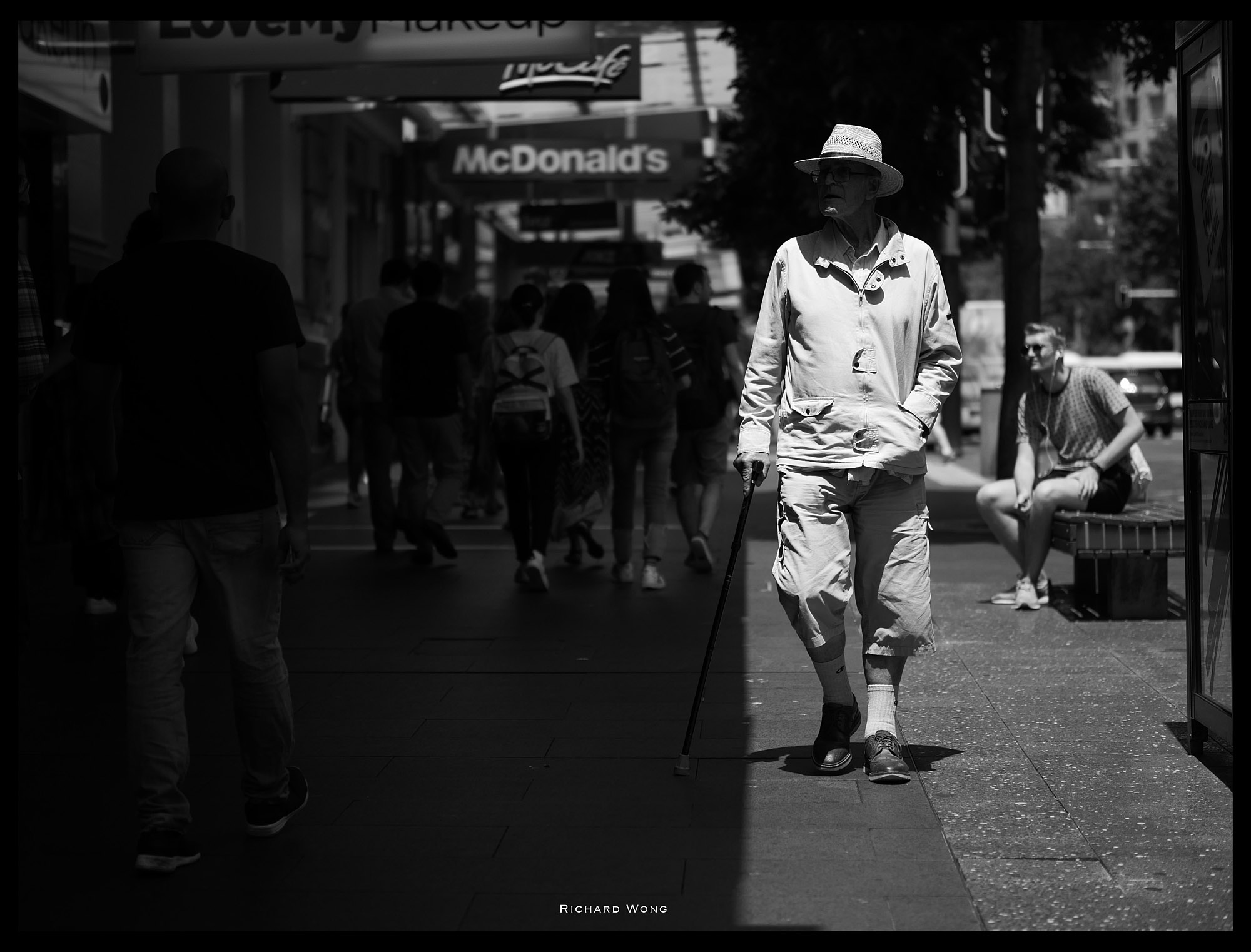 Unedited JPG straight out of camera | Panasonic Lumix GX9
Unedited JPG straight out of camera | Panasonic Lumix GX9
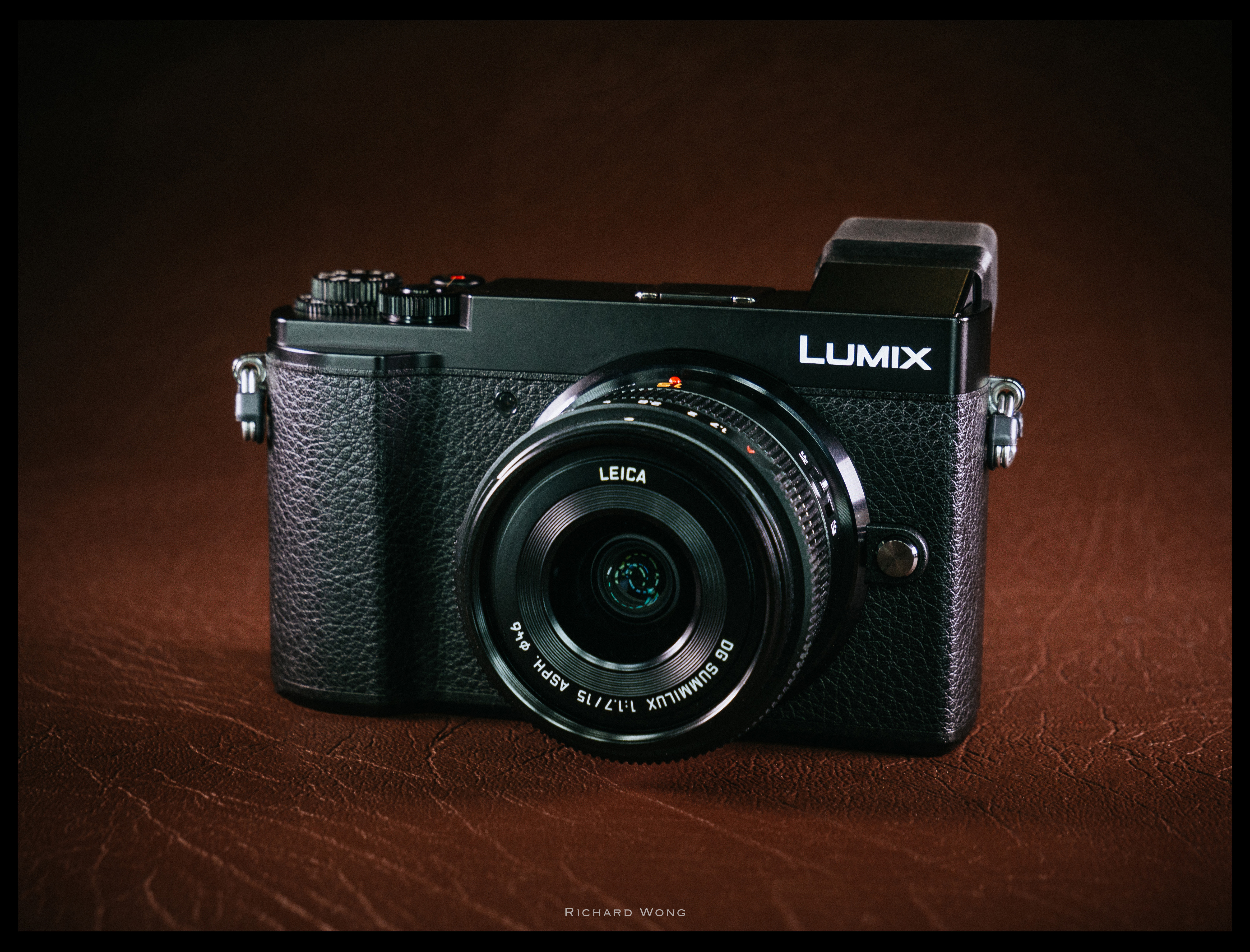
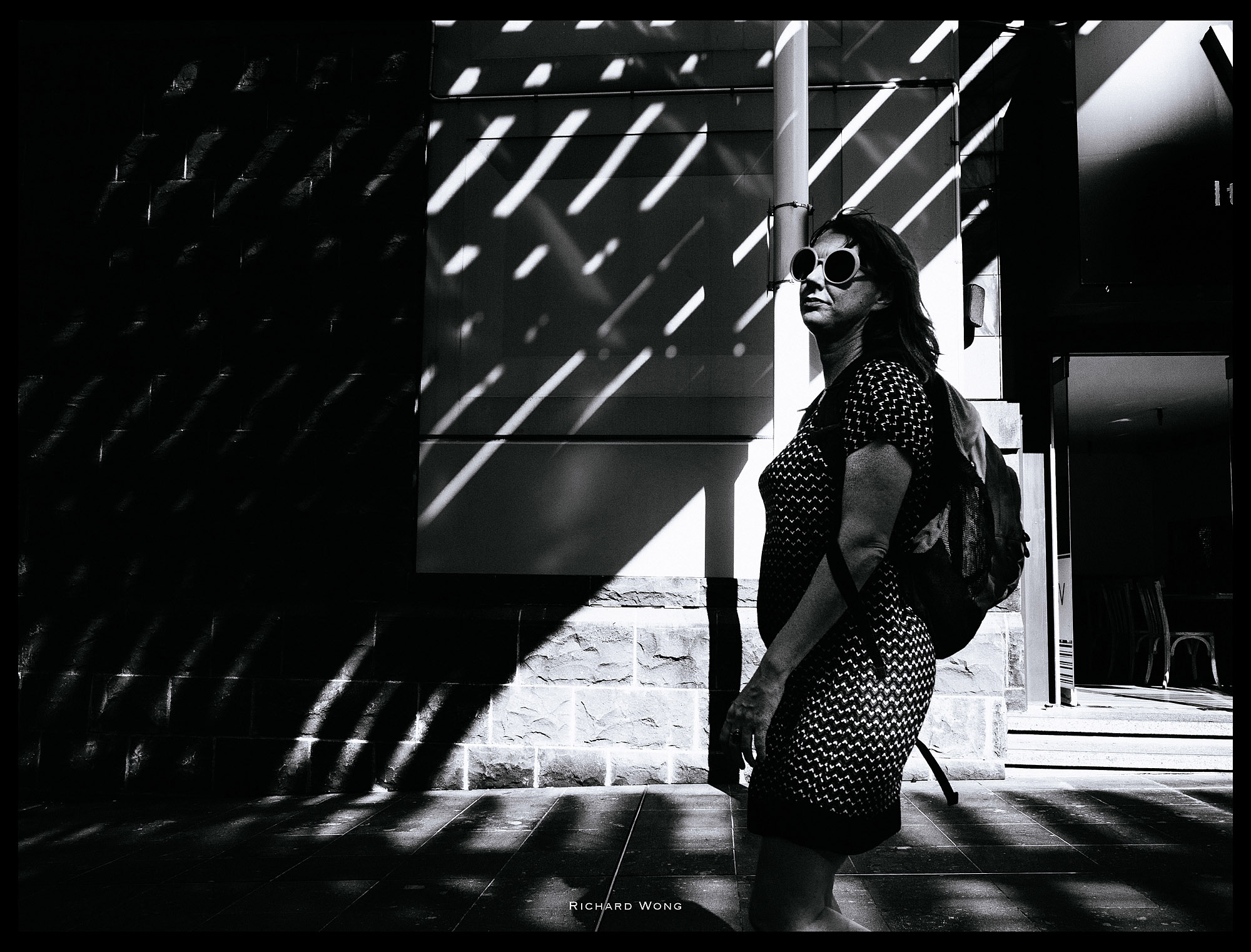
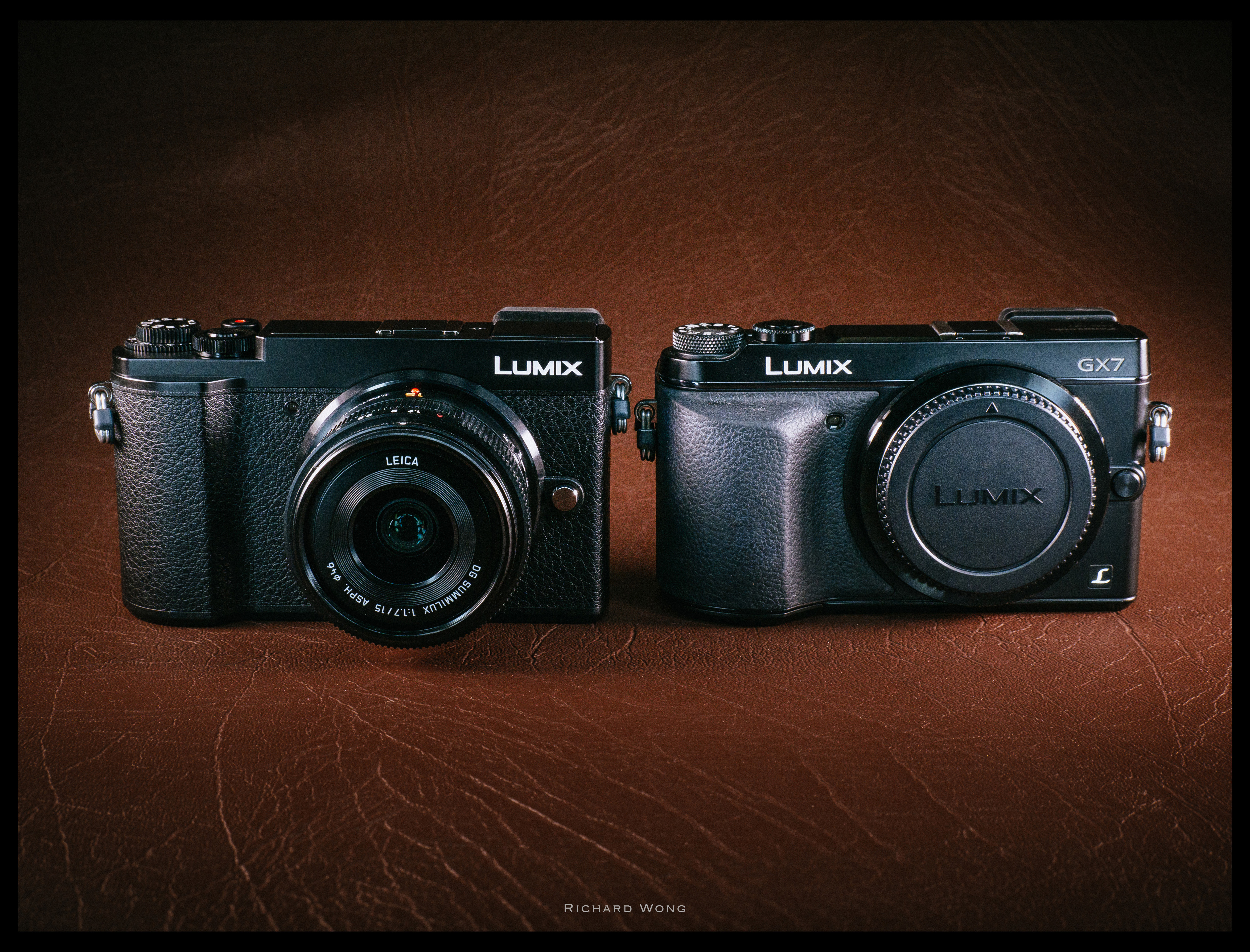
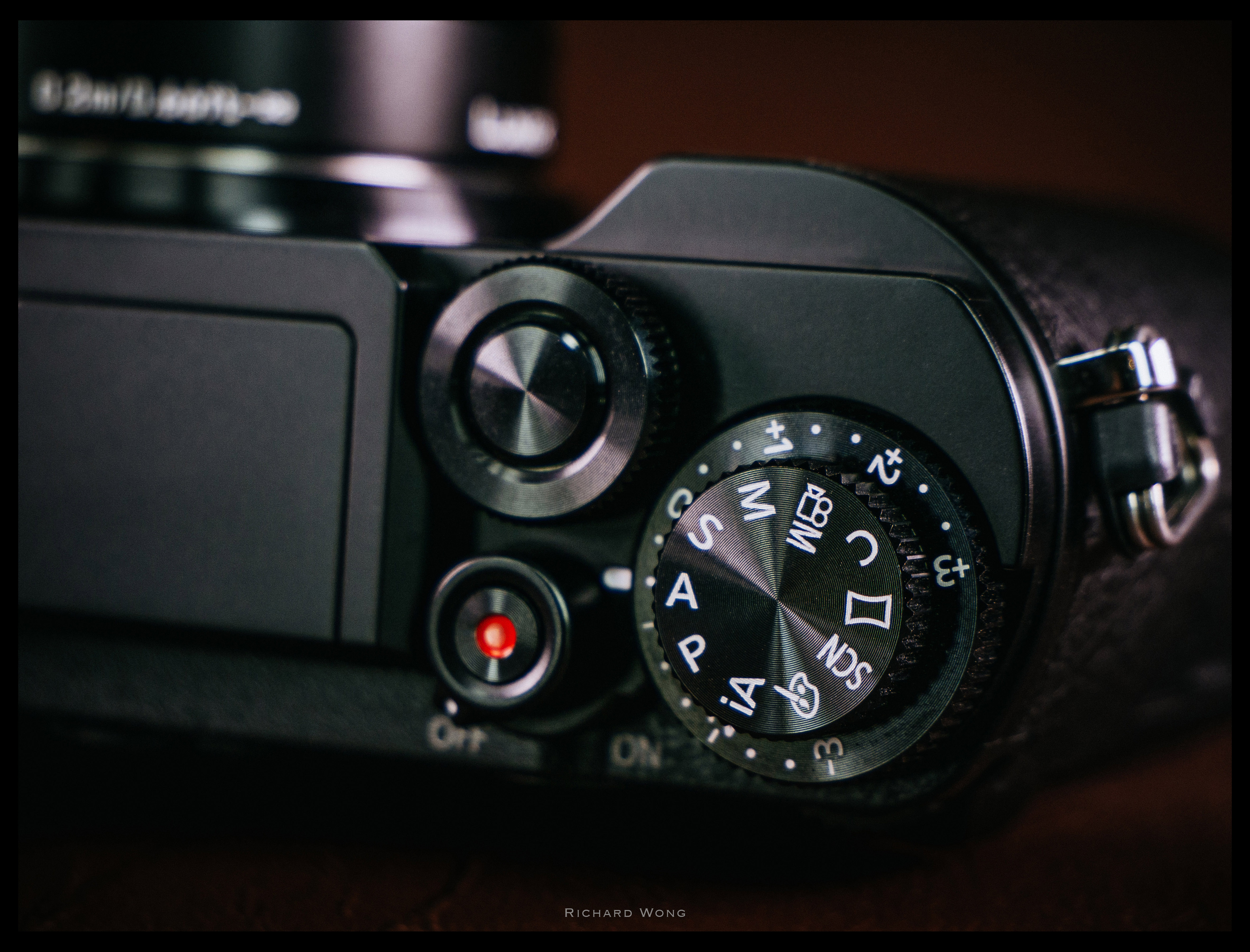
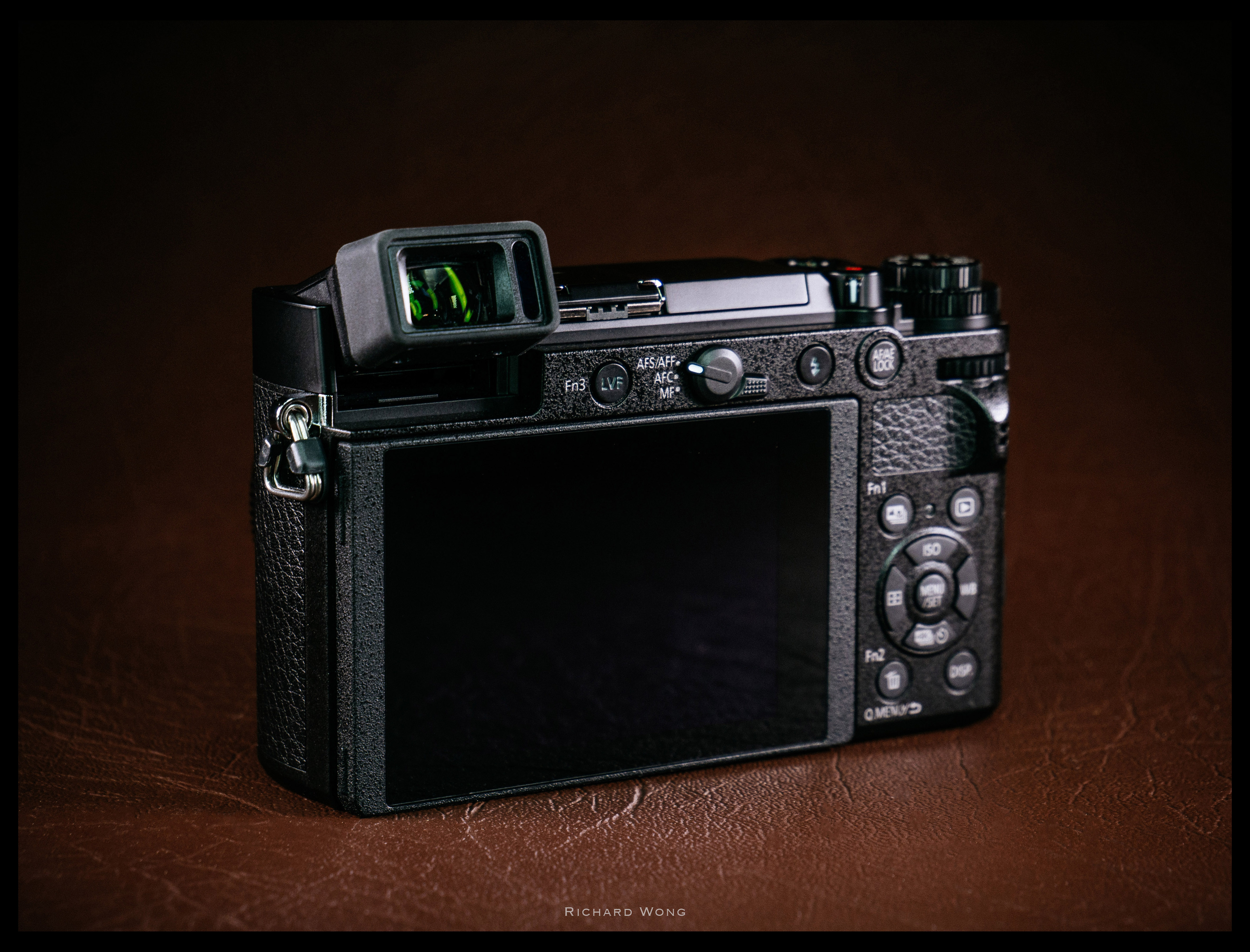
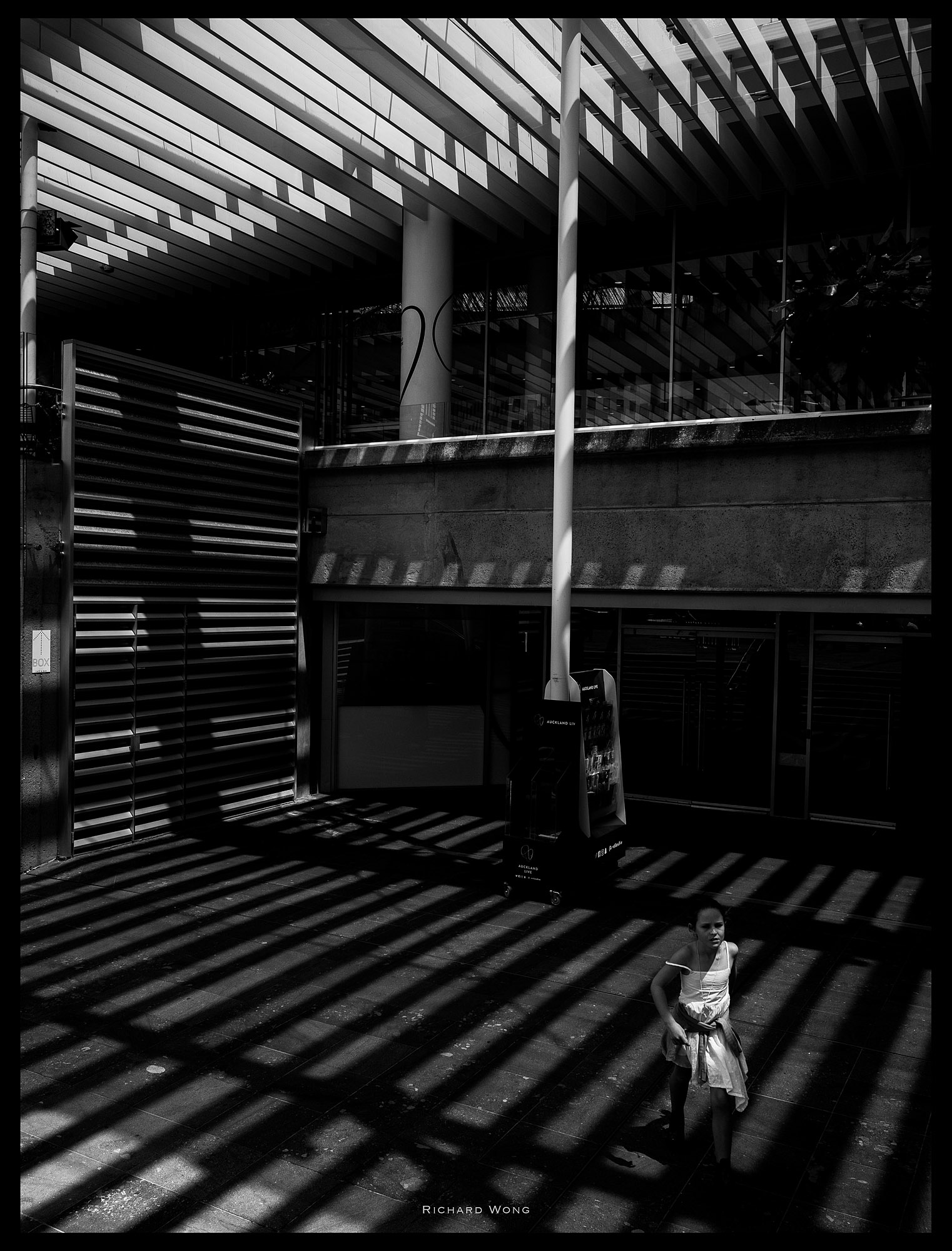
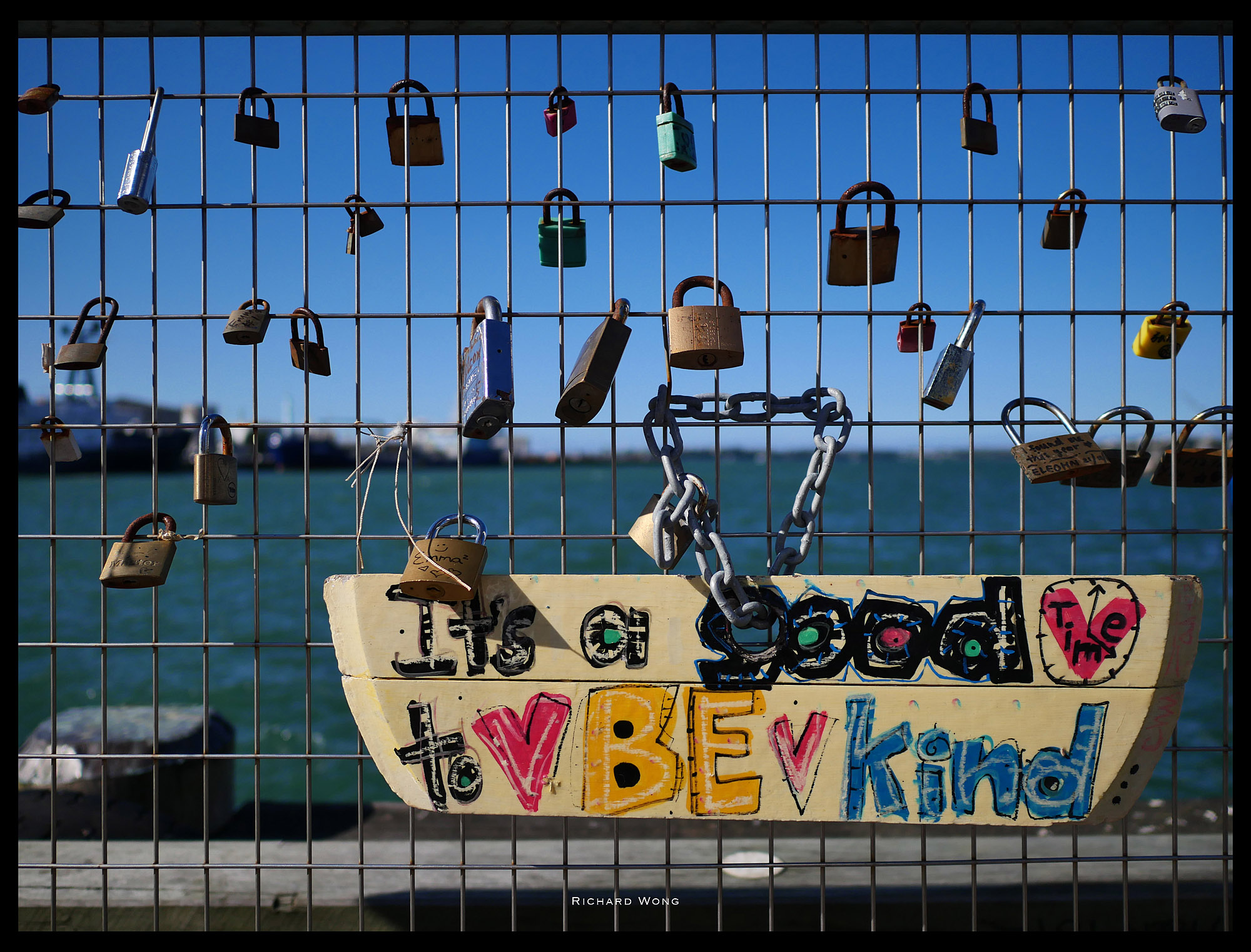
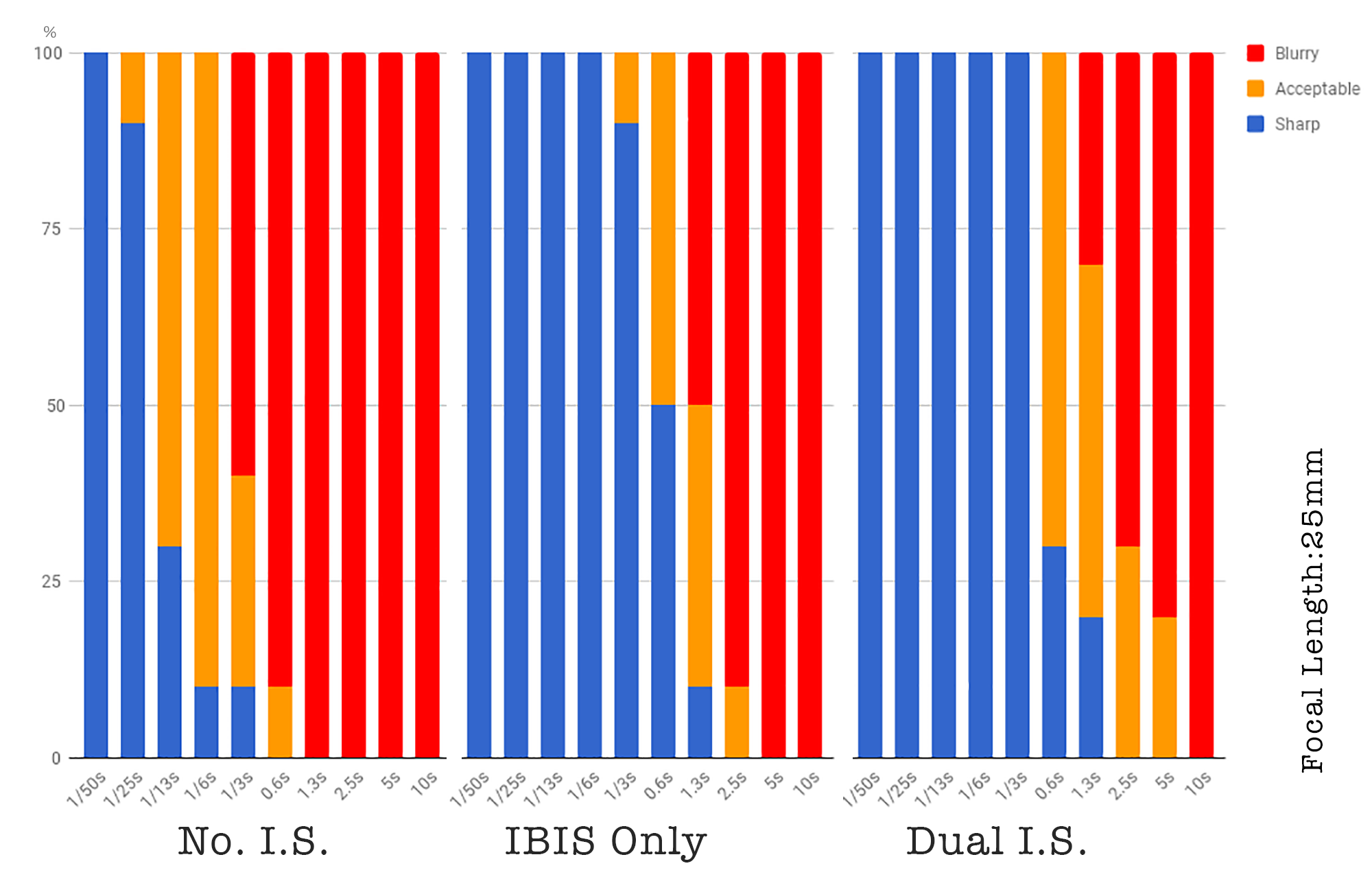
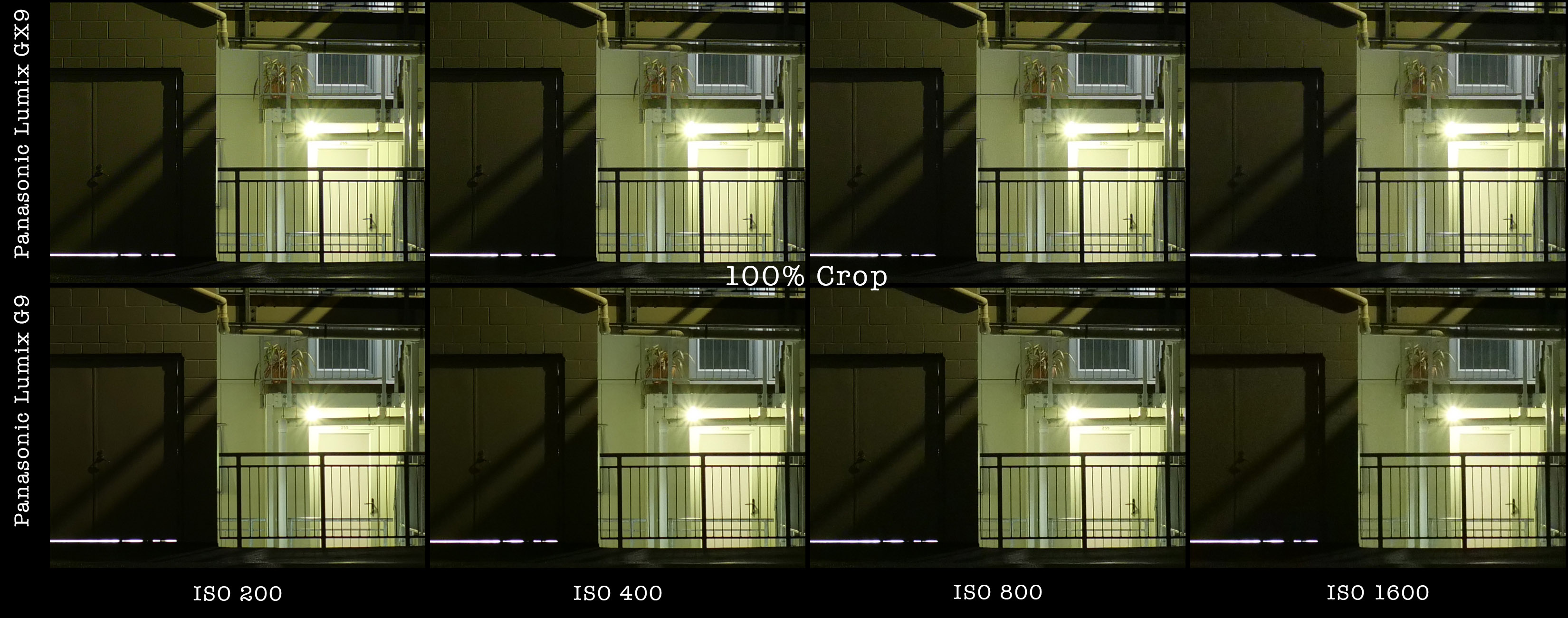
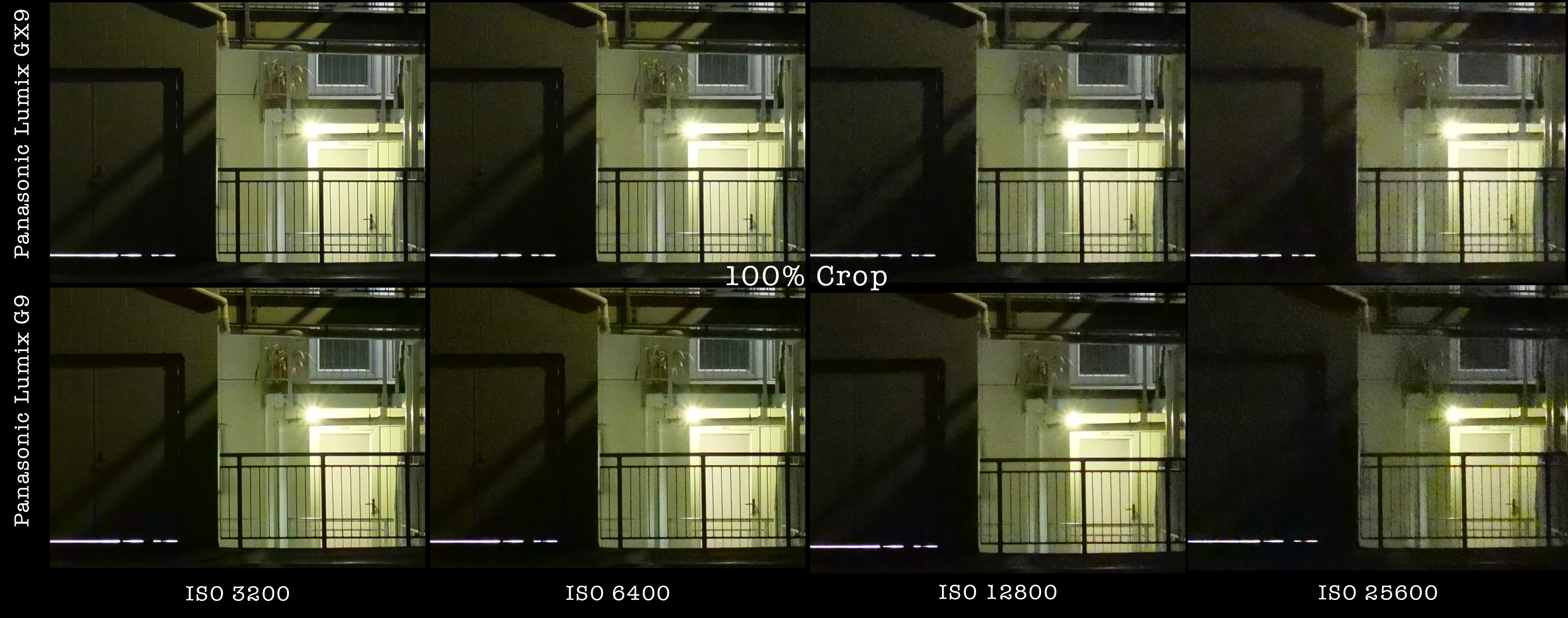
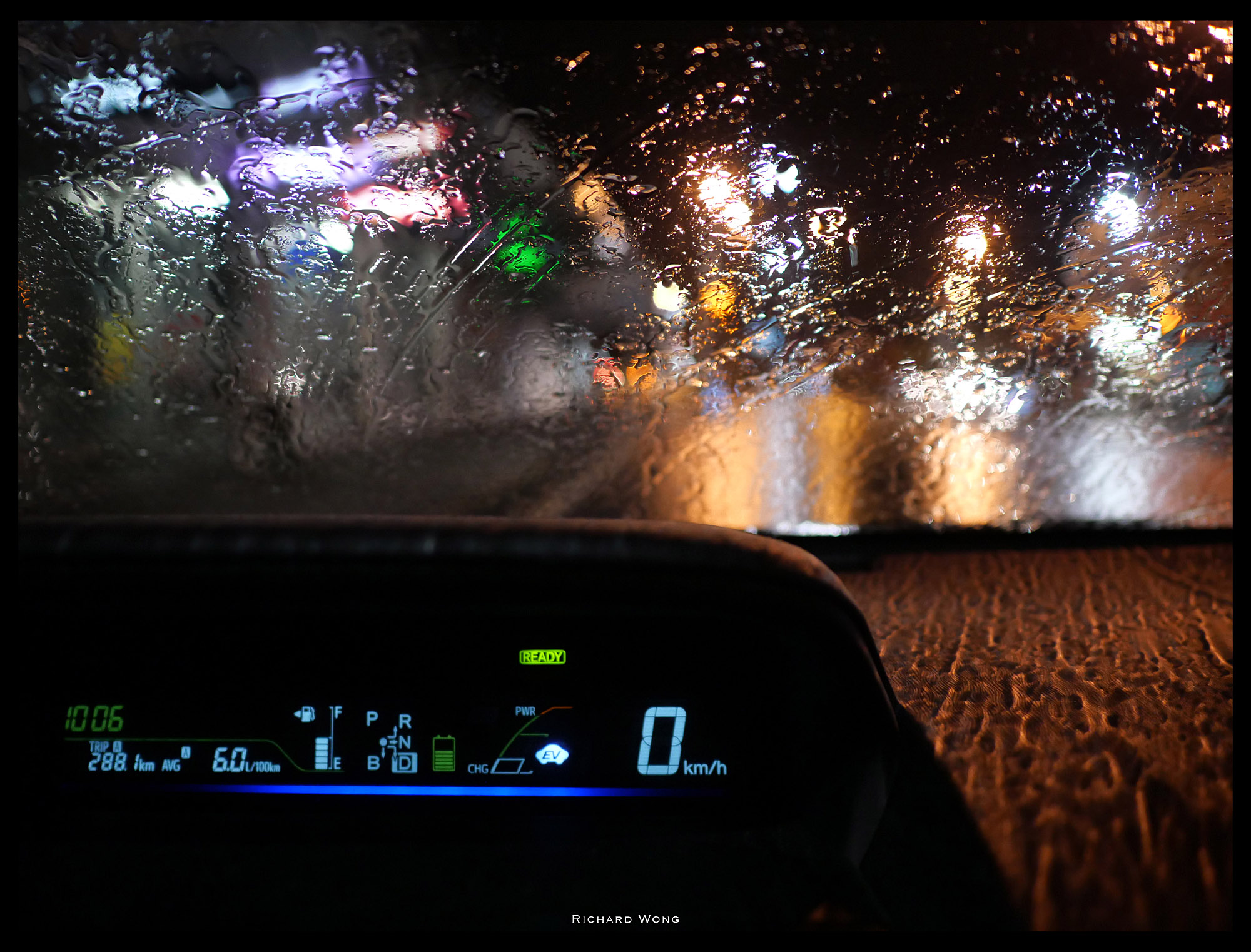
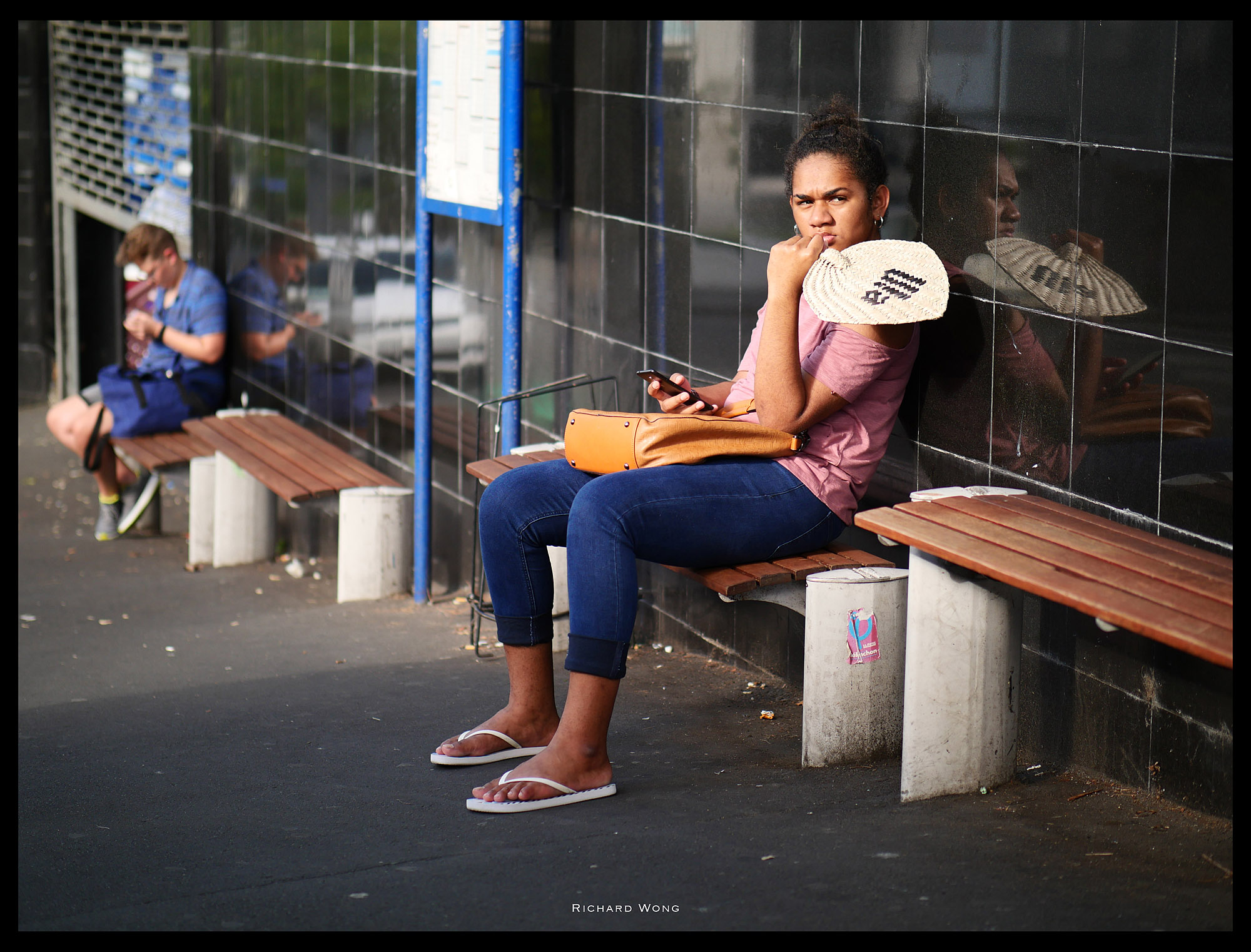
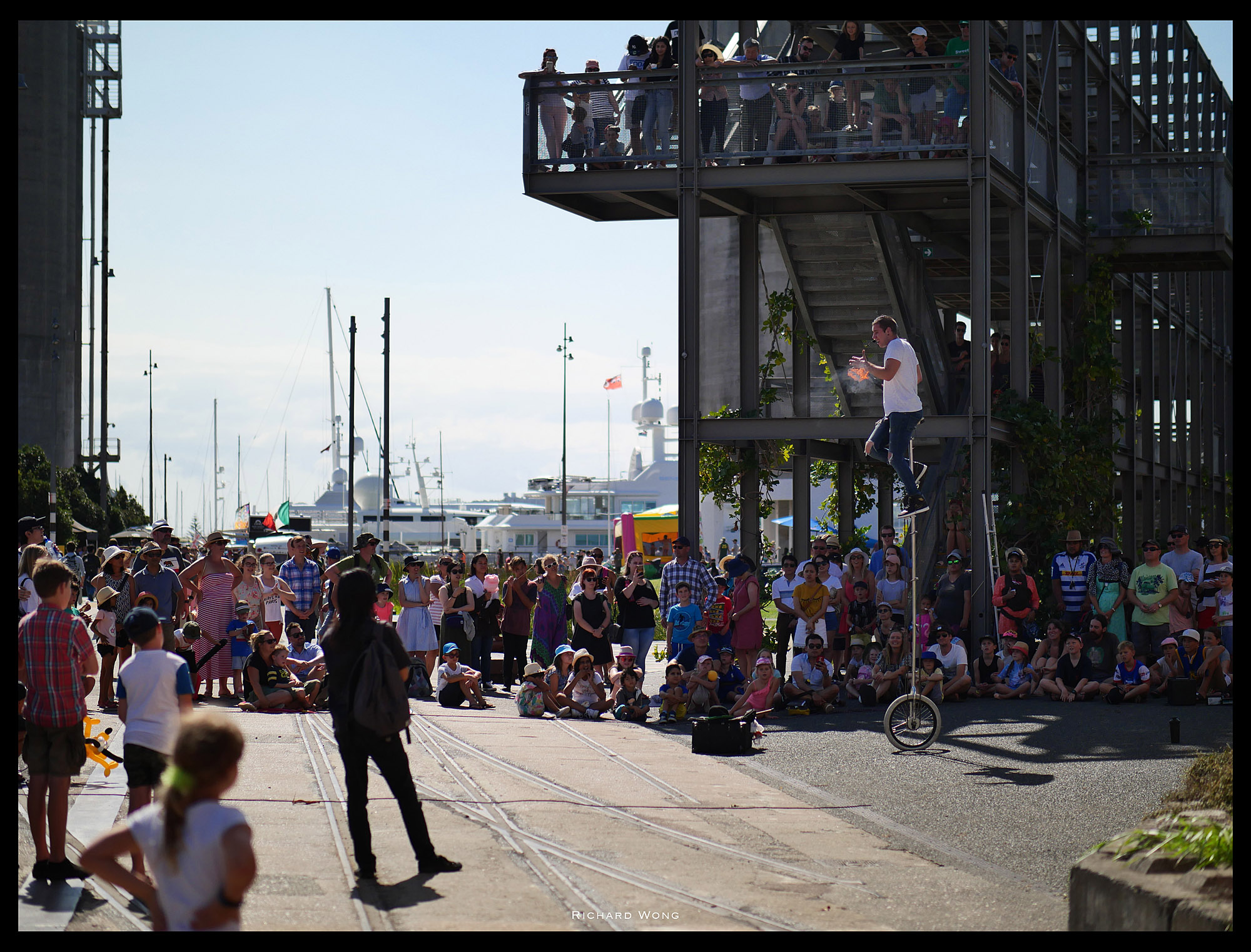

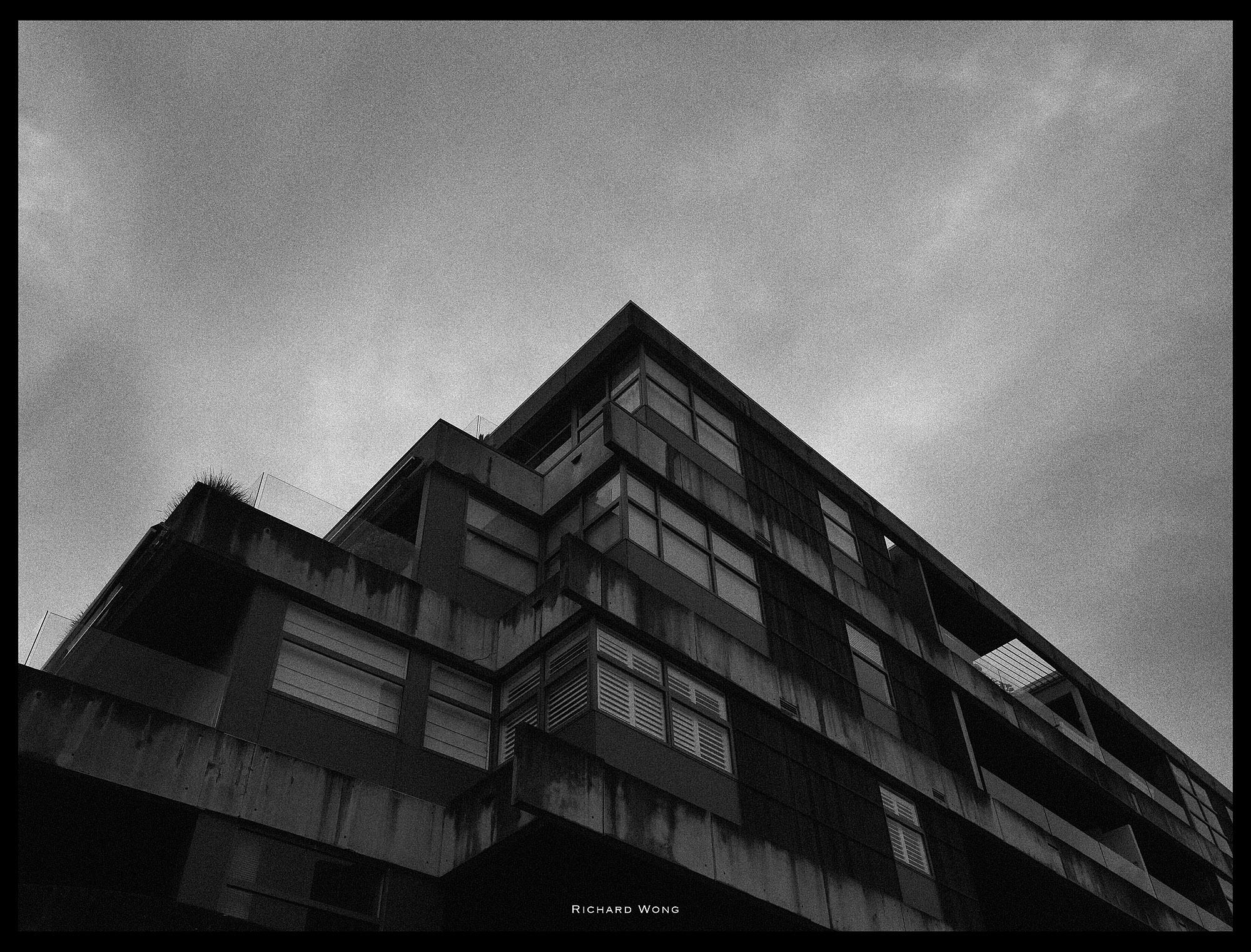
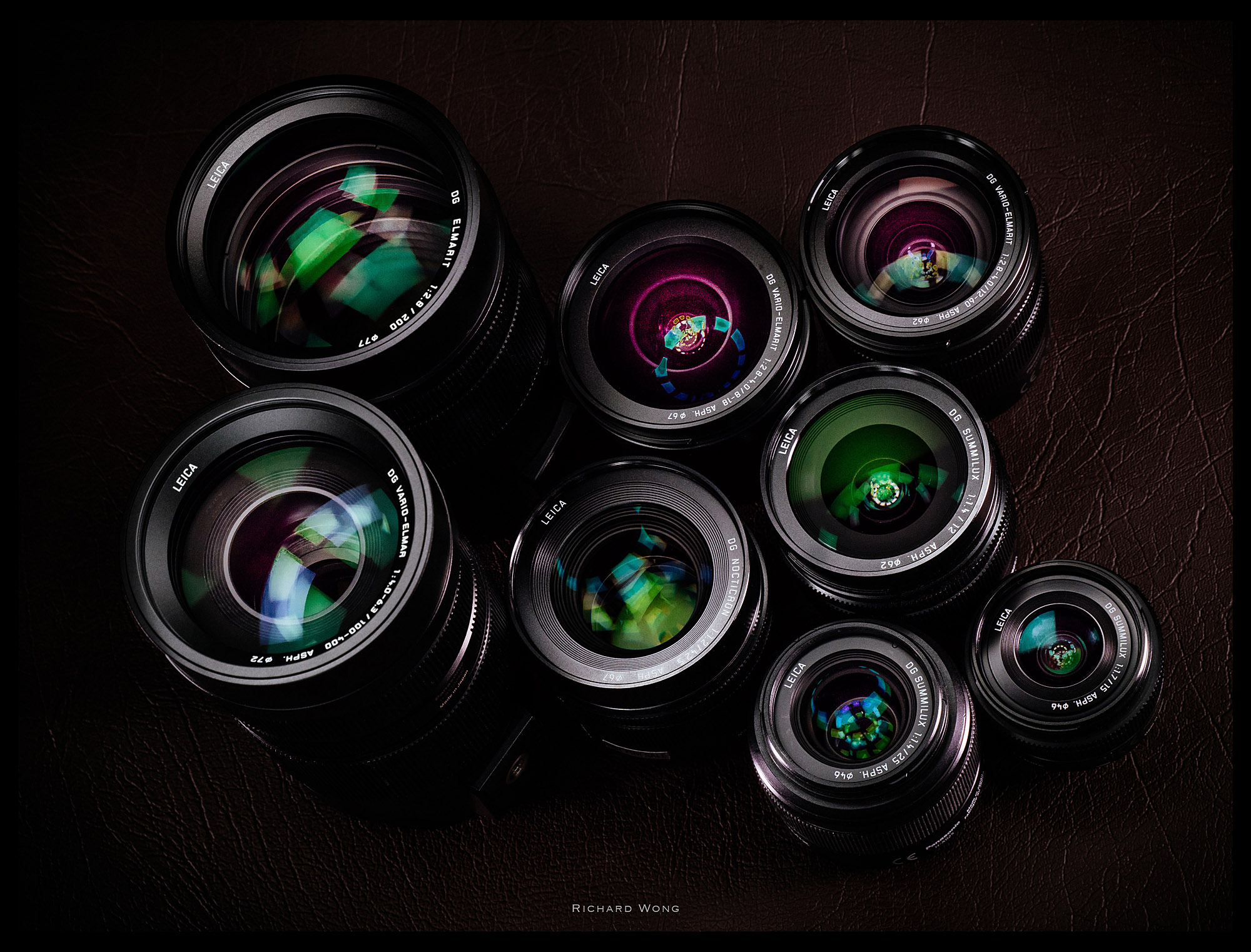

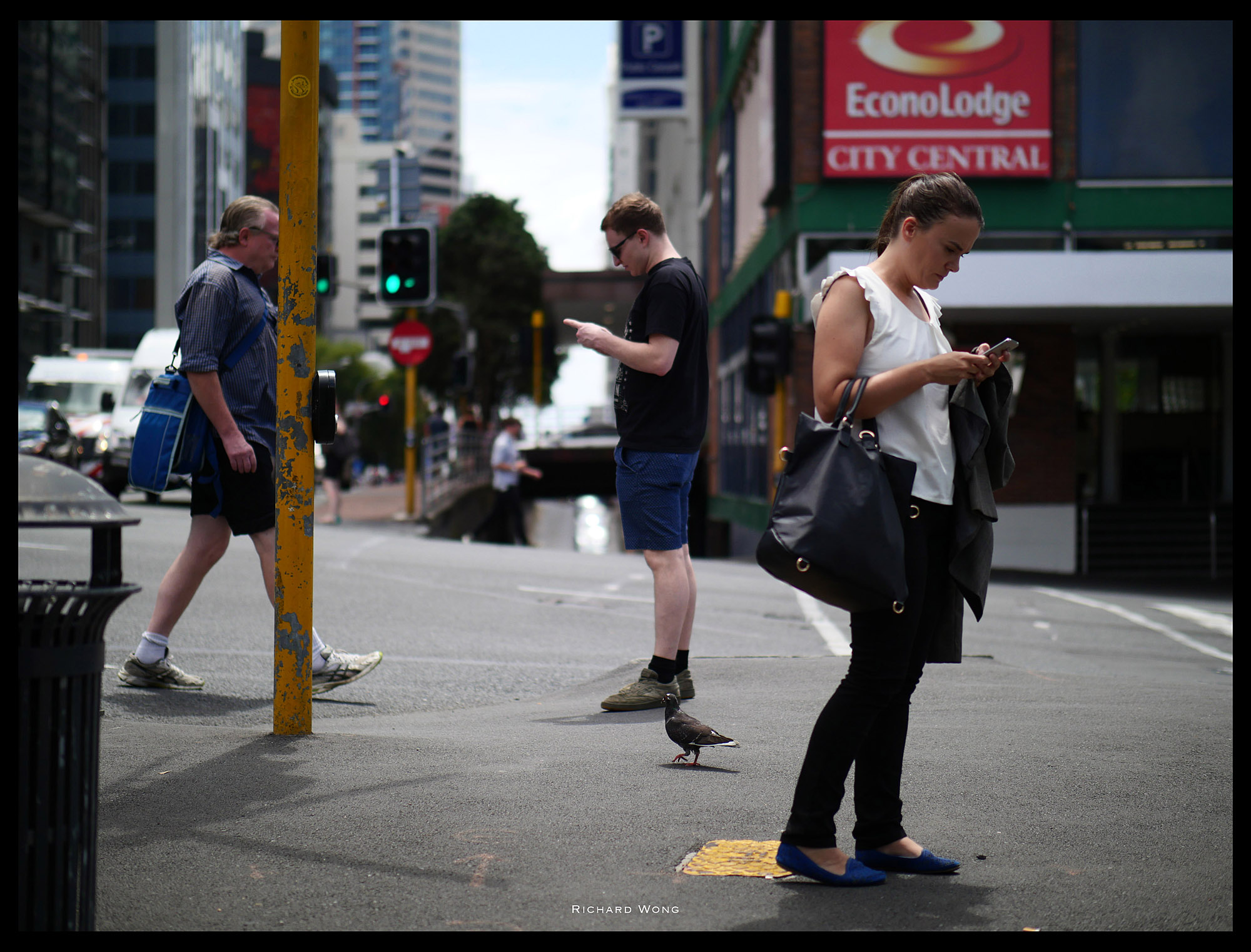
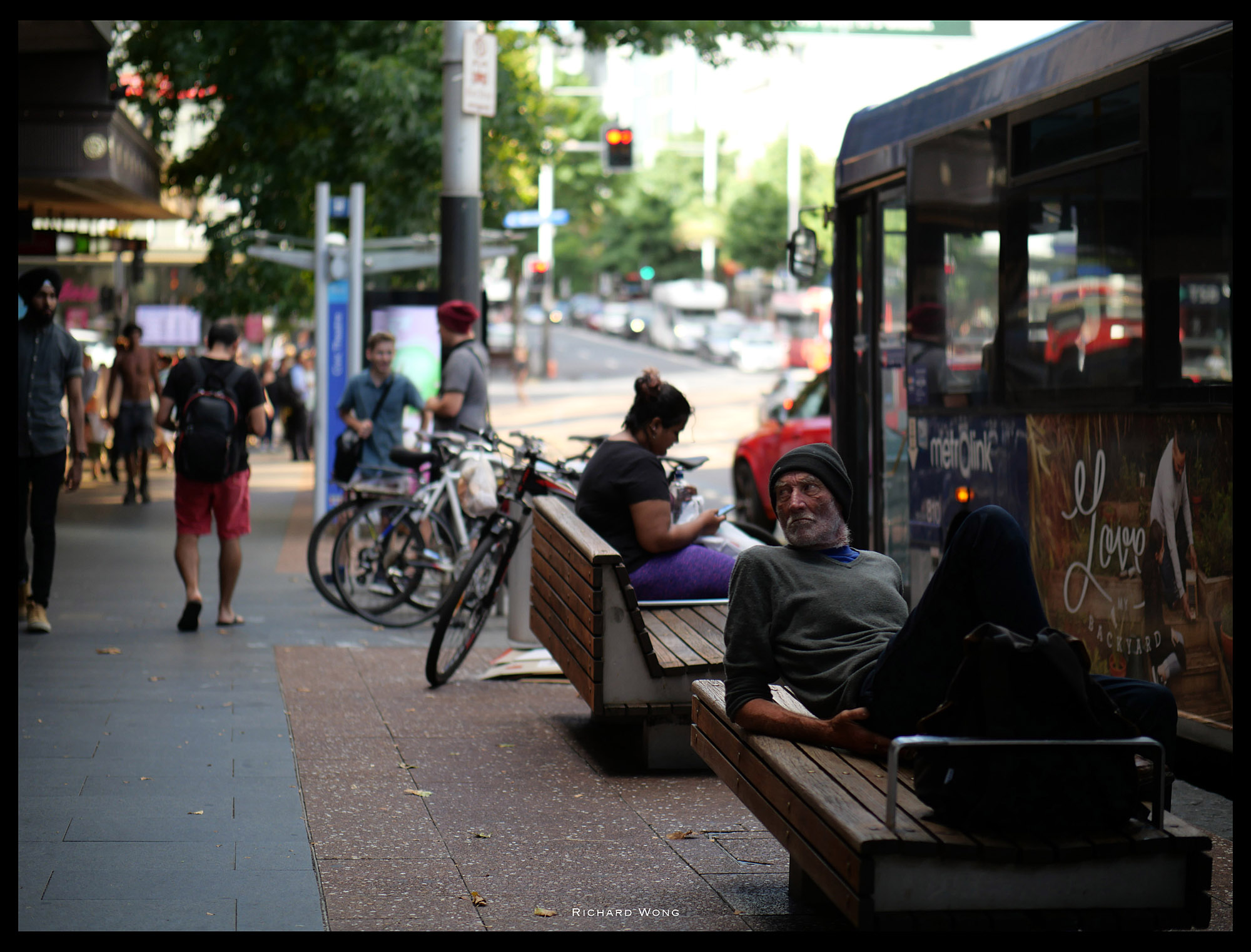
Comments are closed.